Environmental Remediation Services in SC | 24/7 Emergency Response
Get Your Free Instant Quote Now!
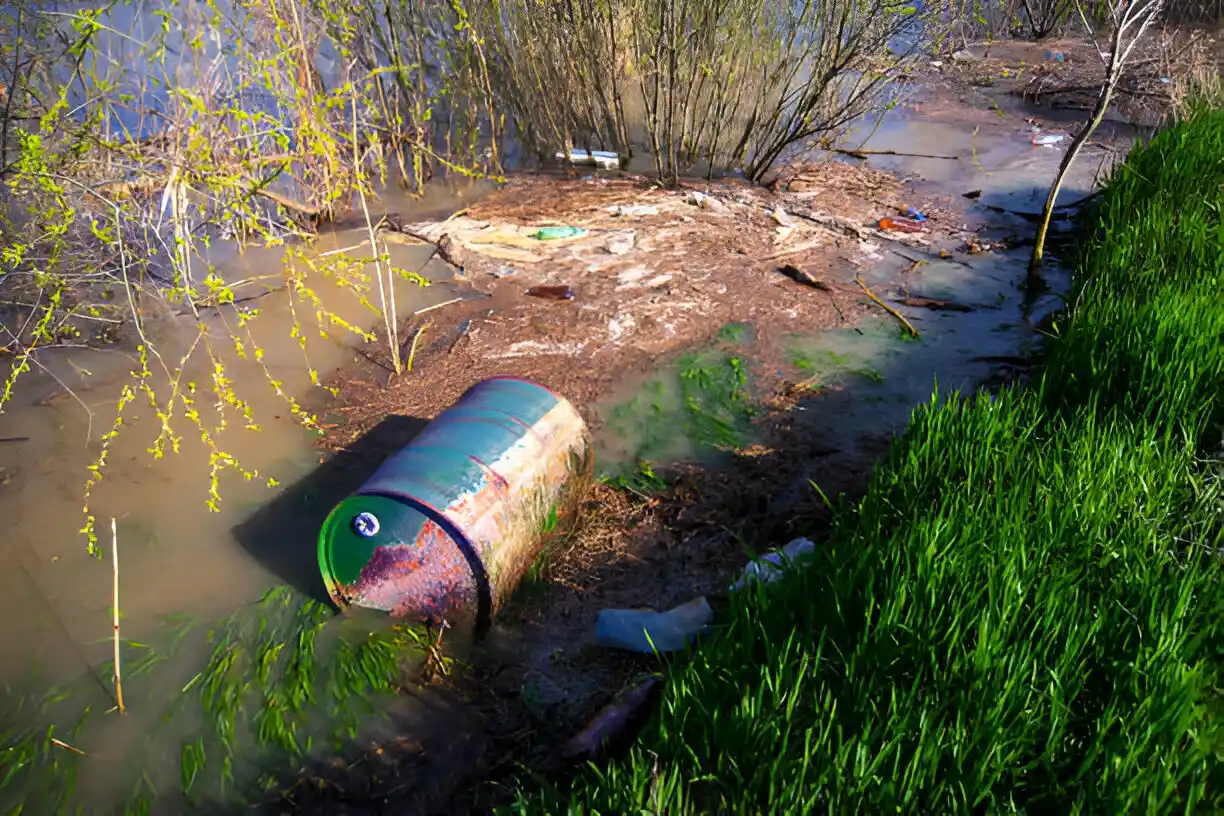
Environmental Remediation: Restoring Nature's Balance with Expert Care
Welcome to Carolina Demo and Removal, your trusted environmental cleanup partner in South Carolina since 2010. Using eco-friendly methods and cutting-edge technology, we transform contaminated spaces into safe, clean environments.
Our dedicated team brings hope to properties affected by environmental hazards, making them safe for families and businesses. We understand that a clean environment is not just about today but about creating a better tomorrow for our children.
At Carolina Demo and Removal, we believe in making environmental cleanup simple and stress-free. Our excavators and air quality control systems work together to restore your property while protecting the surrounding ecosystem.
Here's what makes our environmental remediation services special:
- Complete site assessment and cleanup planning
- Safe removal of harmful substances
- Advanced soil remediation equipment
- Eco-friendly cleaning methods
- Professional waste management systems
We proudly serve communities across South Carolina, from busy city centers to peaceful rural areas. Our trucks and teams are ready to respond quickly when you need help with environmental cleanup.
Every cleanup project starts with careful planning and the right tools. We use HEPA air filtration systems and soil vapor extraction units to restore your property safely.
Our commitment to the environment goes beyond just cleanup. We ensure every step of our work follows nature-friendly practices and help create a cleaner South Carolina.
We understand that environmental problems can be scary and overwhelming. That’s why we explain everything in simple terms and keep you informed throughout the cleanup process.
Trust Carolina Demo and Removal to bring new life to your property with our professional environmental remediation services. We’re here to help you create a cleaner, safer space for everyone.
Understanding Environmental Remediation
Think of environmental remediation as helping nature when it needs cleaning up. Just like we clean our rooms when they get messy, sometimes the environment needs cleaning, too.
Environmental remediation means removing harmful things from our soil, water, or air that shouldn’t be there. It’s like giving Mother Nature a fresh start by cleaning up pollution and making spaces safe again.
Here are the most common problems we fix:
- Chemical spills that hurt the ground
- Old building materials that can make people sick
- Dirty water that needs cleaning
- Air that isn’t safe to breathe
- Harmful substances in soil
Our soil vapor extraction units and chemical treatment systems help us tackle these problems safely. We use special tools that are gentle on nature but tough on pollution.
Why do you need professionals like us? Because cleaning up environmental problems is like solving a big puzzle. Our trained team knows exactly which pieces go where.
We bring in our HEPA air filtration systems and water treatment equipment to ensure the job is done right. These tools help us clean thoroughly without causing more problems.
Think of us as environmental doctors – we check what’s wrong, make a plan, and fix the problem. Our monitoring devices help us track progress every step of the way.
Safety comes first in everything we do. We wear personal protective equipment and follow strict rules to keep everyone safe during cleanup.
Want to learn more about how we can help? Check out our complete list of demolition and remediation services.
Our excavators and front-end loaders are ready to tackle any cleanup job of any size. We bring the right tools for each unique situation.
Remember, environmental cleanup isn’t just about fixing today’s problems. It’s about creating clean, safe spaces for tomorrow’s generations to enjoy.
We use air quality monitors to ensure the air stays clean during and after work. Your safety and comfort are our top priorities.
Types of Environmental Remediation
Our environmental remediation services cover different types of cleanup needs. Every cleanup requires special care and specific tools to make your space safe again.
Asbestos Removal and Management
Old buildings sometimes hide asbestos, a material that can make people sick. Our team uses HEPA vacuum systems and unique containment barriers to remove it safely.
We follow strict safety rules when dealing with asbestos. Our hazmat suits and respirators protect our workers while they clean your property.
Mold Remediation
Mold can grow in damp places and cause health problems. To prevent mold from spreading, we use air scrubbers and dehumidification equipment.
Our experts find the source of moisture and fix it. Then we clean the mold using eco-friendly products that won’t harm your family or pets.
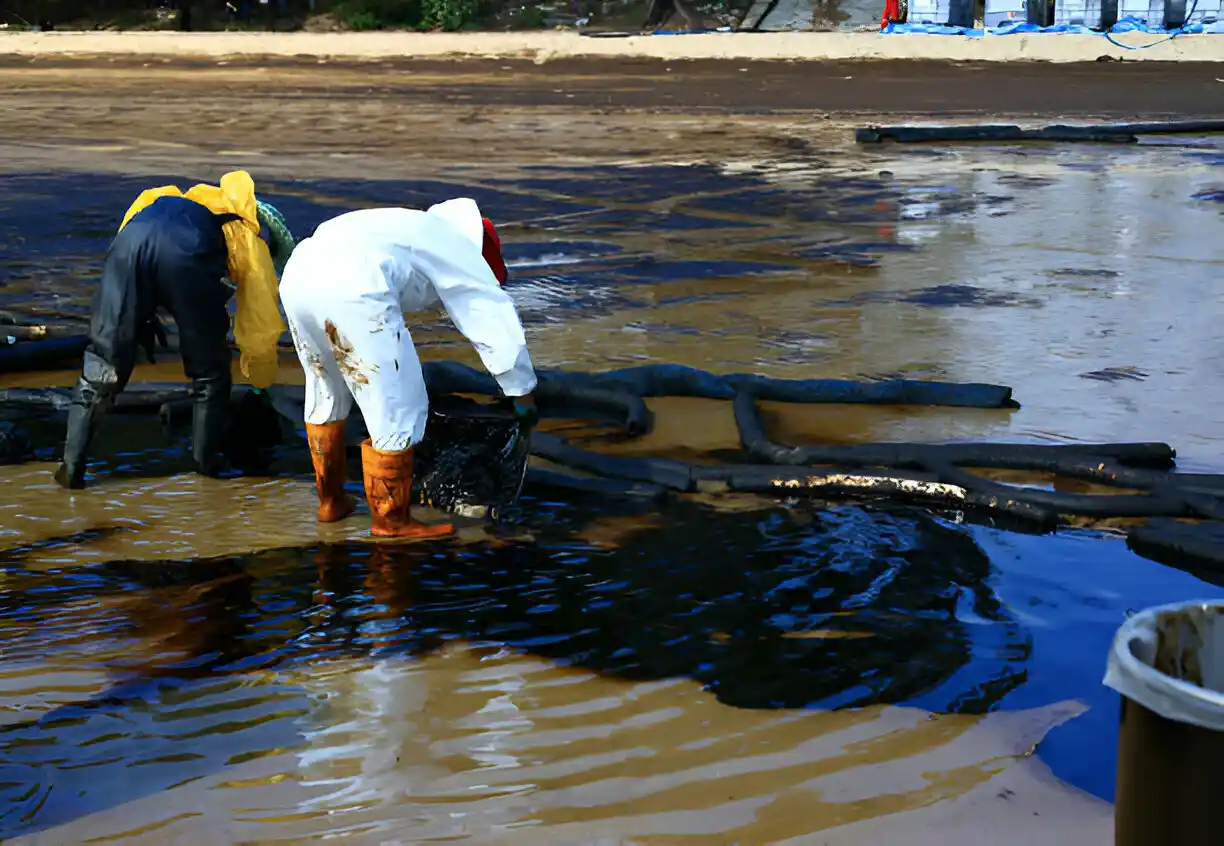
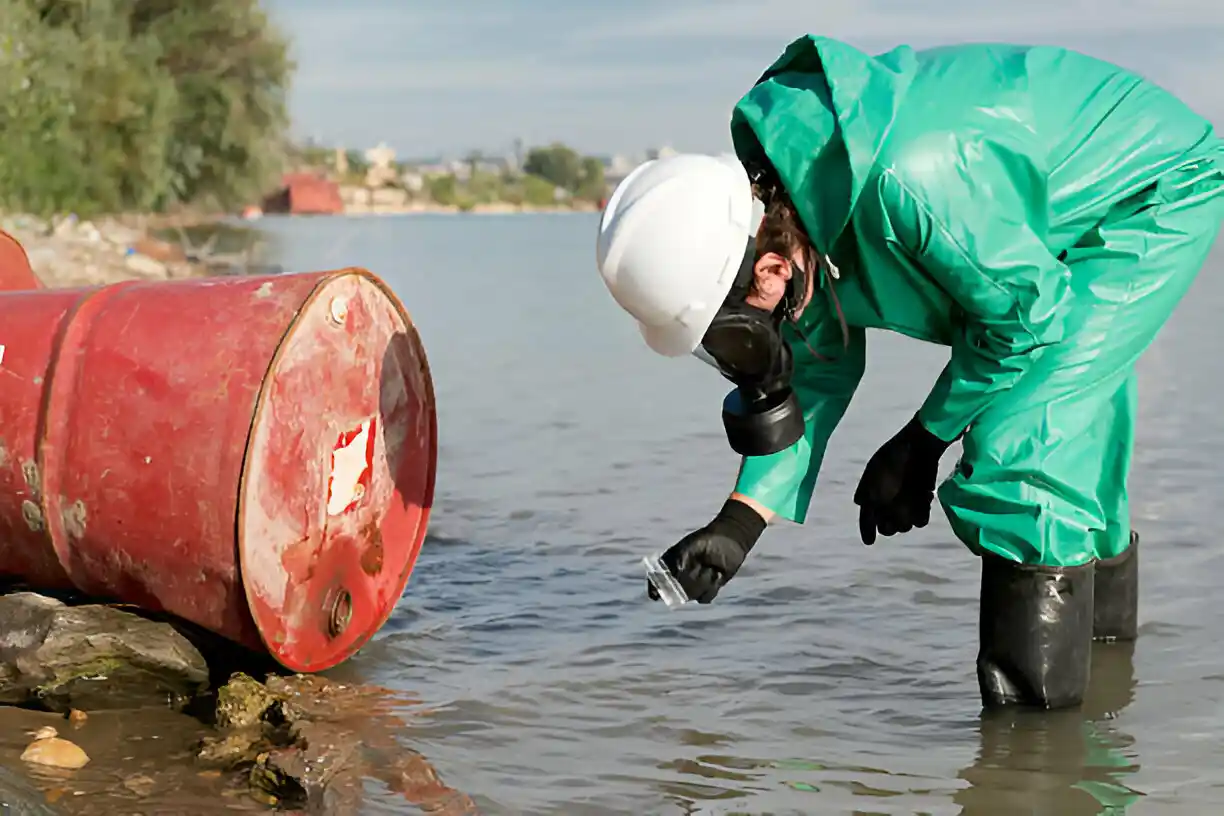
Hazardous Waste Removal
Sometimes, dangerous materials require special handling. Our chemical treatment systems and secure storage units keep everyone safe during cleanup.
We sort different types of waste carefully using waste segregation bins. Each type of waste goes to the right place for proper disposal.
Water Damage Restoration
Water can cause big problems in buildings. Our water filtration units and dewatering equipment help dry things out properly.
We act fast to prevent mold growth after water damage. Our pressure washers and steam cleaners help restore your space to its clean, dry state.
Soil Contamination Treatment
Dirty soil can harm plants and animals. Our soil washing systems and thermal treatment systems clean the earth naturally.
Key features of our soil treatment:
- Complete testing before and after cleanup
- Use of soil sampling tools to check progress
- Natural cleaning methods that protect good bacteria
- Safe disposal of contaminated soil
- Regular monitoring with environmental monitoring devices
Our excavators and front-end loaders help us reach deep into the ground where needed. We also use bioremediation equipment to help nature heal itself.
Each cleanup job gets a custom plan based on what needs fixing. Our GPS systems and documentation cameras track every step of the cleanup process.
Remember, quick action often prevents more significant problems later. Whether mold, water damage, or soil problems, we’re ready to help make your space safe again.
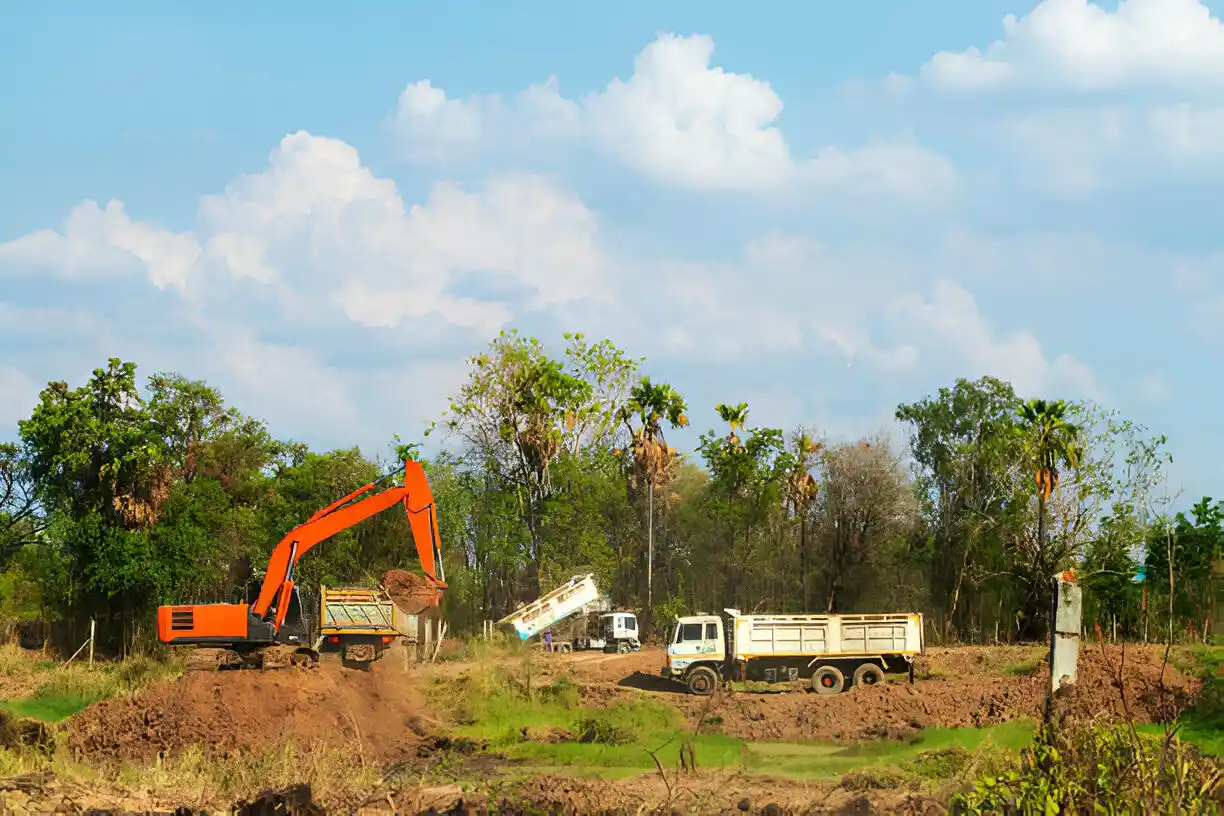
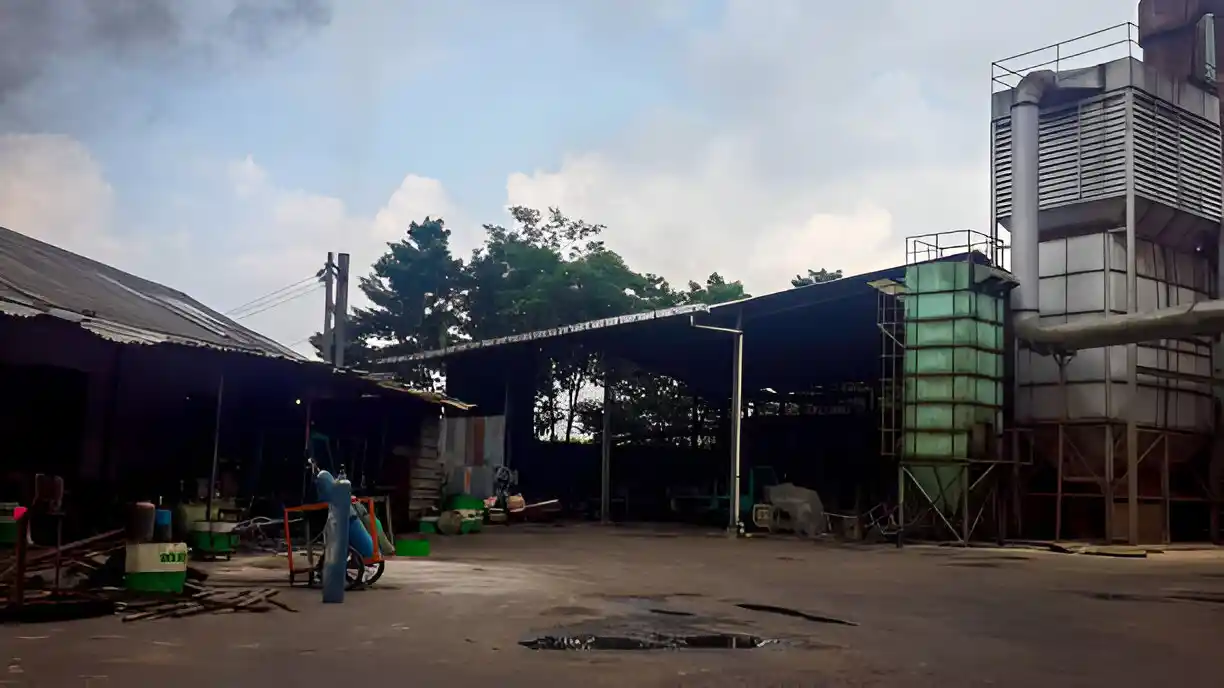
Our Environmental Remediation Process
At Carolina Demo and Removal, we follow a straightforward step-by-step process to clean up environmental problems. Let’s walk through how we make your space safe again.
Initial Site Assessment and Testing
Our first job is playing detective with chemical analyzers and soil sampling tools. We look for signs of what needs cleaning and the size of the problem.
Our experts use gas detection meters and laboratory testing equipment to understand exactly what we’re dealing with. This helps us create a perfect cleanup plan just for you.
Development of Remediation Strategy
After finding what needs cleaning, we create a brilliant plan of action and select the tools and methods that will work best for your situation.
Here’s what goes into our planning:
• Choosing the right cleanup methods
• Selecting proper safety equipment
• Setting up containment barriers
• Planning waste disposal
• Creating a timeline
Implementation of Removal Procedures
Now comes the cleanup action! Our team arrives with excavators, front-end loaders, and other special equipment to start the work.
We use HEPA air filtration systems to keep the air clean while we work, and our chemical treatment systems help us safely remove harmful substances.
During cleanup, we:
• Set up safety zones
• Use air quality monitors
• Remove harmful materials
• Clean affected areas
• Sort waste properly
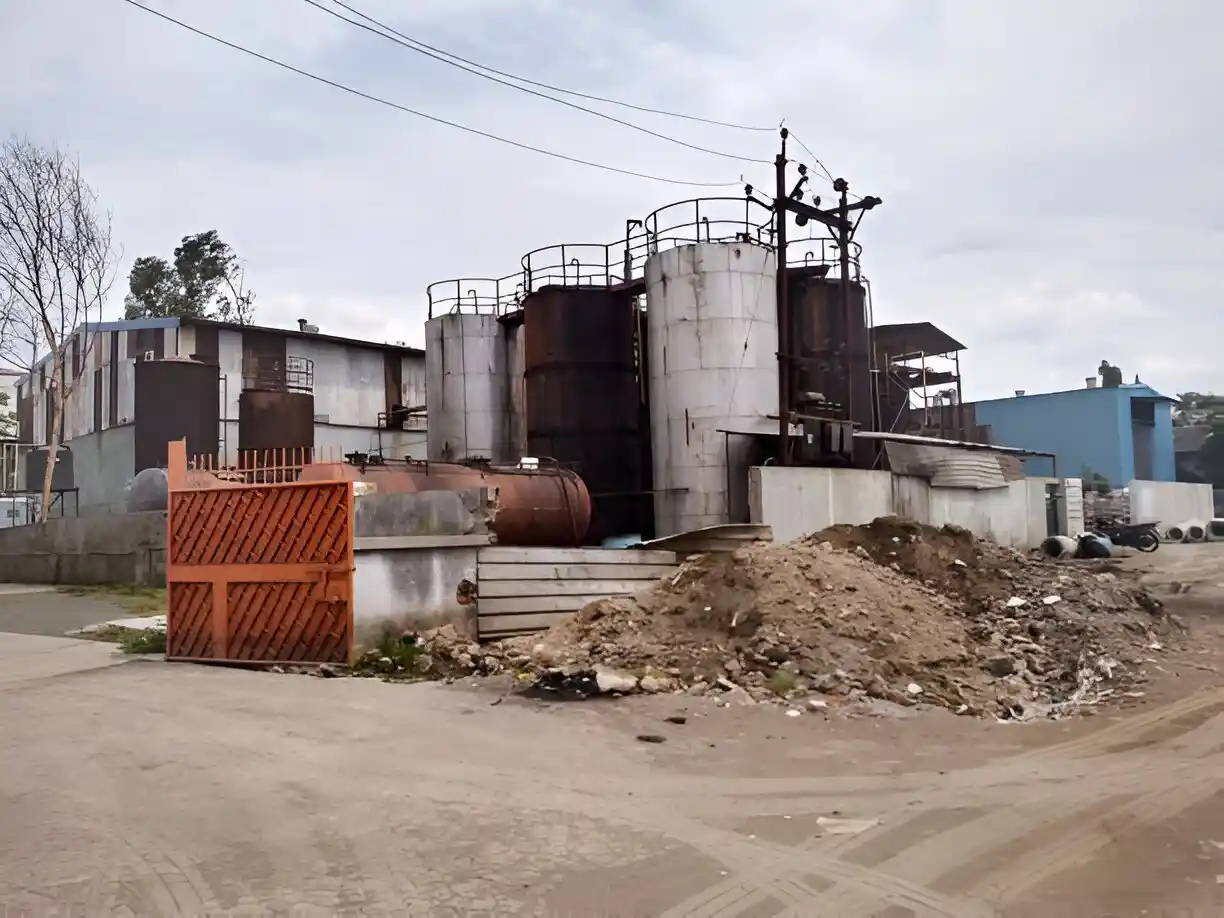
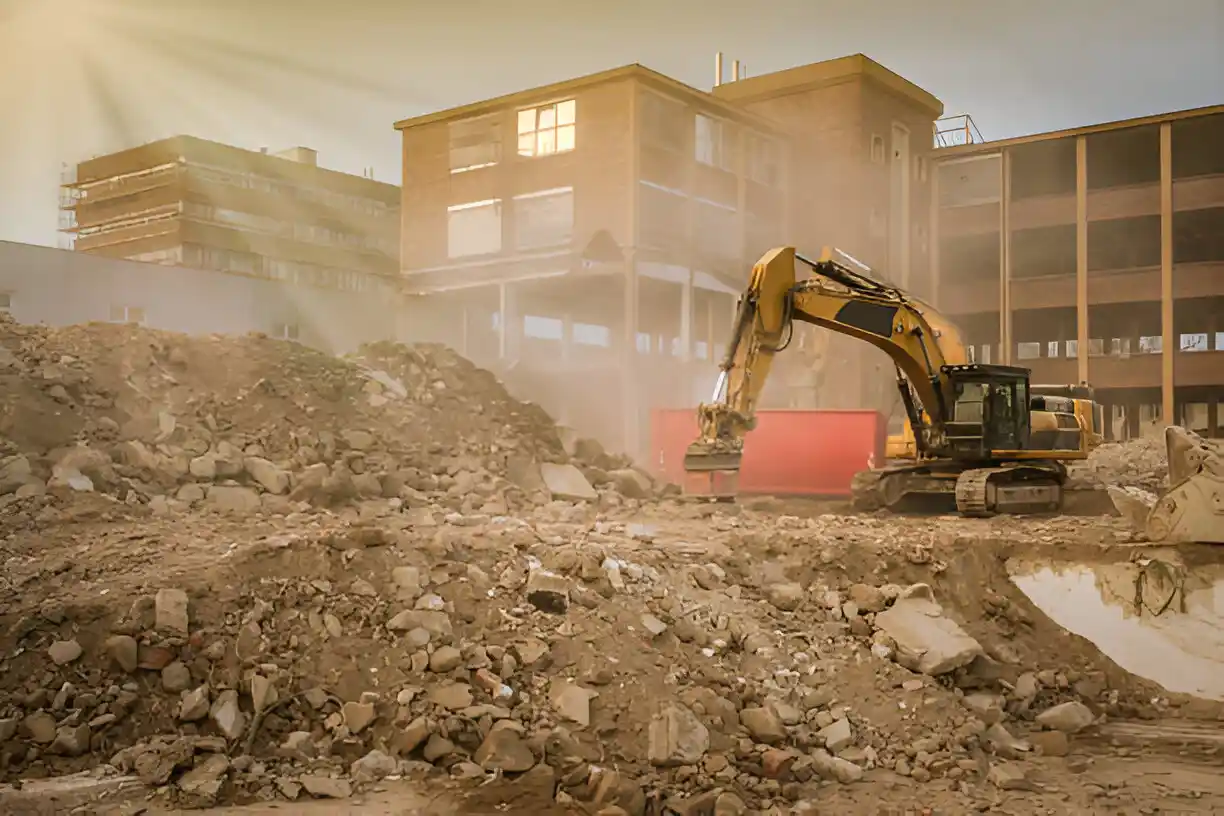
Final Testing and Verification
After cleanup, we double-check everything with our environmental monitoring devices to ensure that your space is safe.
Our testing equipment helps us confirm that all harmful substances are gone. We don’t leave until we’re sure everything meets safety standards.
Want to know more about how we work? Visit our team page to learn about our experienced professionals and methods.
We keep you updated throughout the whole process. Our team explains everything simply so you always know what’s happening.
Our documentation cameras and GPS systems help us track every cleanup step. We save all this information for your records.
Typical Timeline for Environmental Remediation
Do you wonder how long it takes to clean up environmental problems? Let’s break down our timeline into simple steps that show exactly what to expect.
Assessment Phase (1-2 Weeks)
First, we visit your property with our chemical analyzers and testing equipment. Our team carefully checks every corner to determine what needs cleaning.
During this time we:
- Take samples of air, soil, or water
- Use gas detection meters for safety checks
- Study the size of the affected area
- Check for any hidden problems
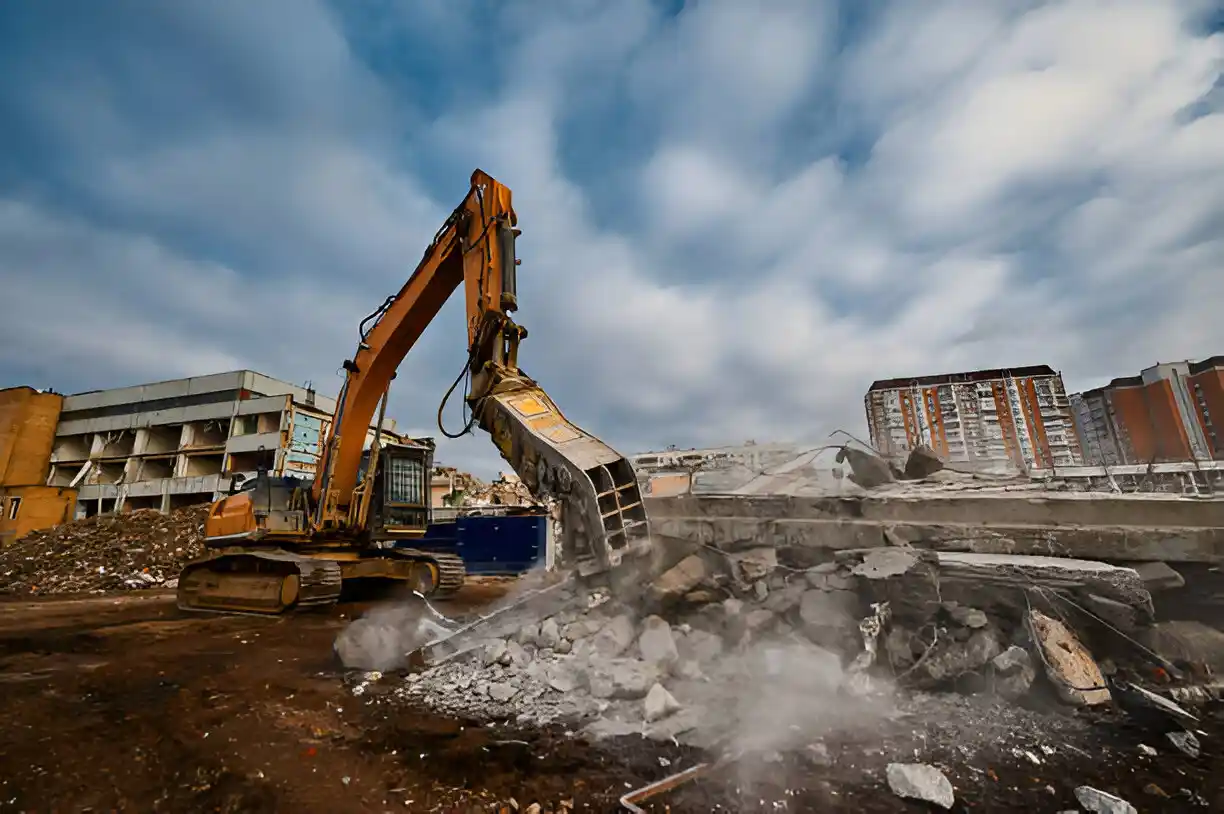
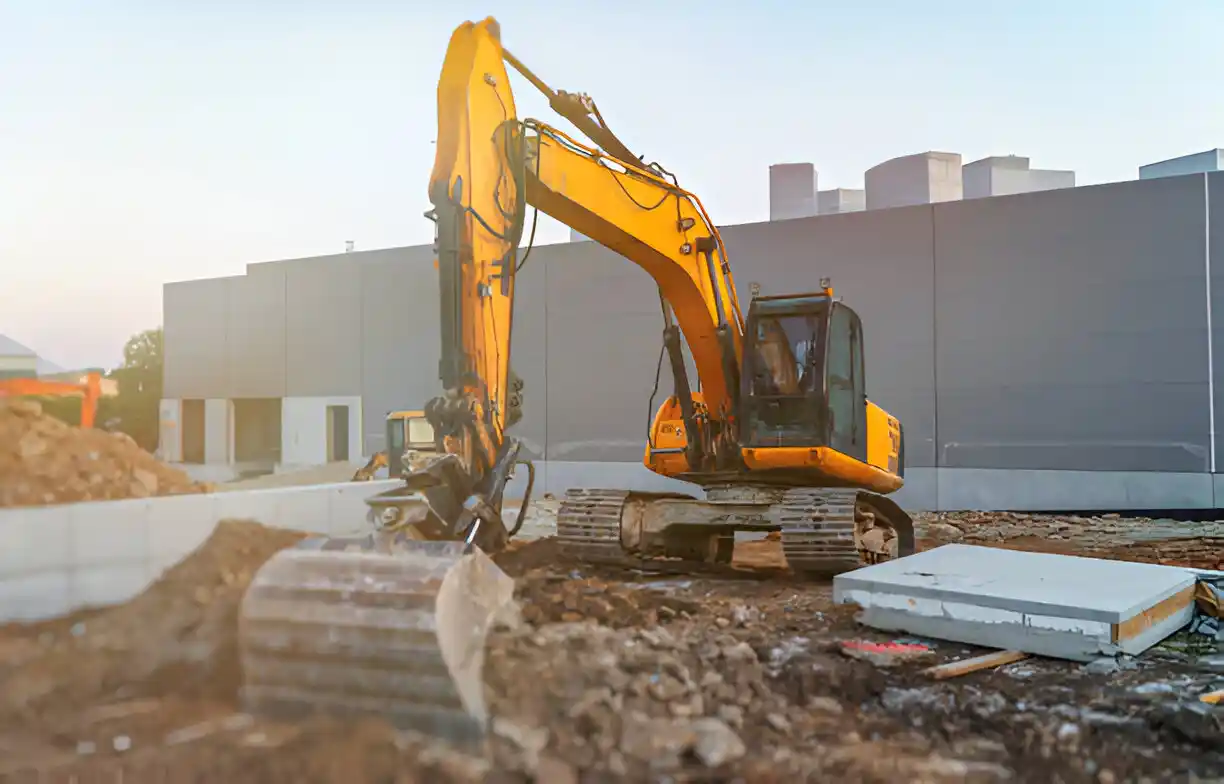
Planning Phase (1 Week)
After determining what needs fixing, we create a cleanup game plan. We then select the right tools and specify the number of team members we’ll need.
Our planning includes:
- Choosing the right safety equipment
- Scheduling our excavators and front-end loaders
- Setting up delivery of containment barriers
- Getting permits and paperwork ready
Active Remediation (2-8 Weeks)
This is when the real cleanup happens! The time needed depends on the size of the problem and the type of cleanup we’re doing.
Our team brings in HEPA air filtration systems and starts the work. We might use soil-washing systems or water treatment equipment depending on your site’s needs.
Small cleanup jobs might take just a couple of weeks to complete correctly, while bigger jobs with lots of contamination could take a few months.
Post-Remediation Testing (1-2 Weeks)
After cleanup, we use our environmental monitoring devices to ensure safety. We check and double-check until we’re completely satisfied.
Testing includes:
- Air quality checks with air quality monitors
- Soil testing with soil sampling tools
- Water testing, if needed
- Final safety inspections
We keep you updated about progress every step of the way. Our team explains everything simply so you always know what’s happening.
Remember that these times can change based on the following:
- Weather conditions
- Size of the affected area
- Type of contamination
- Access to the site
- Required permits
Each project is different, but we always work efficiently while maintaining safety standards. We aim to quickly get you back to using your clean, safe space.
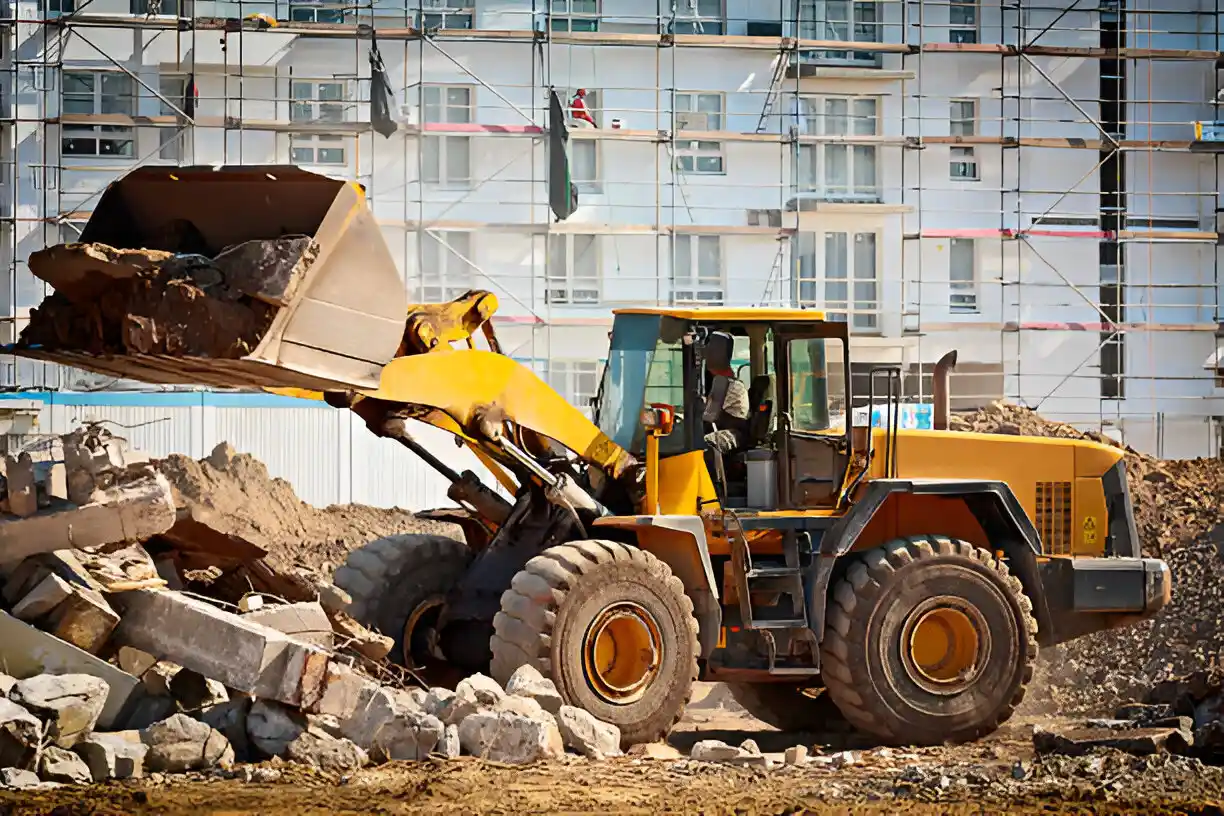
Factors Influencing Environmental Remediation Costs
Let’s talk about what affects the cost of cleaning up environmental problems. Understanding these factors helps you plan better for your cleanup project.
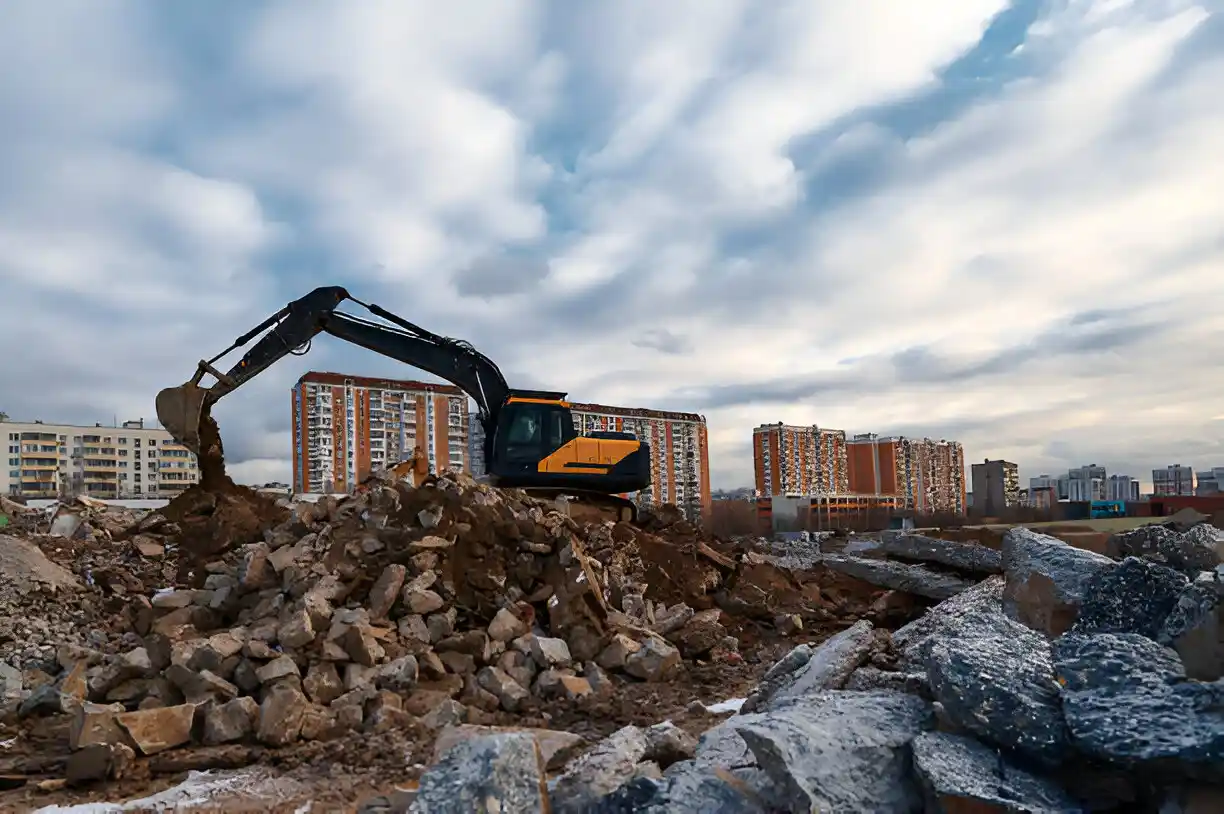
Scope of Contamination
The size of the problem plays a big role in the final cost. Small spills need less work than big cleanup jobs.
Our chemical analyzers and testing equipment help us measure exactly how much needs cleaning. The deeper or wider the contamination, the more resources we’ll need.
Type of Hazardous Materials
Different problems need different solutions. Some materials are trickier to clean up than others.
Here’s how different materials affect costs:
• Asbestos removal needs special containment barriers
• Chemical spills require chemical treatment systems
• Mold cleanup needs air scrubbers
• Soil problems use soil washing systems
• Water issues need water filtration units
Property Size and Accessibility
How easy it is to reach the problem area affects the cleanup cost. Our excavators and front-end loaders need enough space to work safely.
Think about these access points:
• Space for equipment
• Distance to disposal sites
• Parking for work trucks
• Room for waste segregation bins
• Storage for cleanup tools
Regulatory Requirements
Following South Carolina’s safety rules is a must. Different types of cleanup need different permits and paperwork.
Our team handles all the legal stuff, including:
• Getting proper permits
• Following safety guidelines
• Using approved cleanup methods
• Proper waste disposal
• Required Reporting
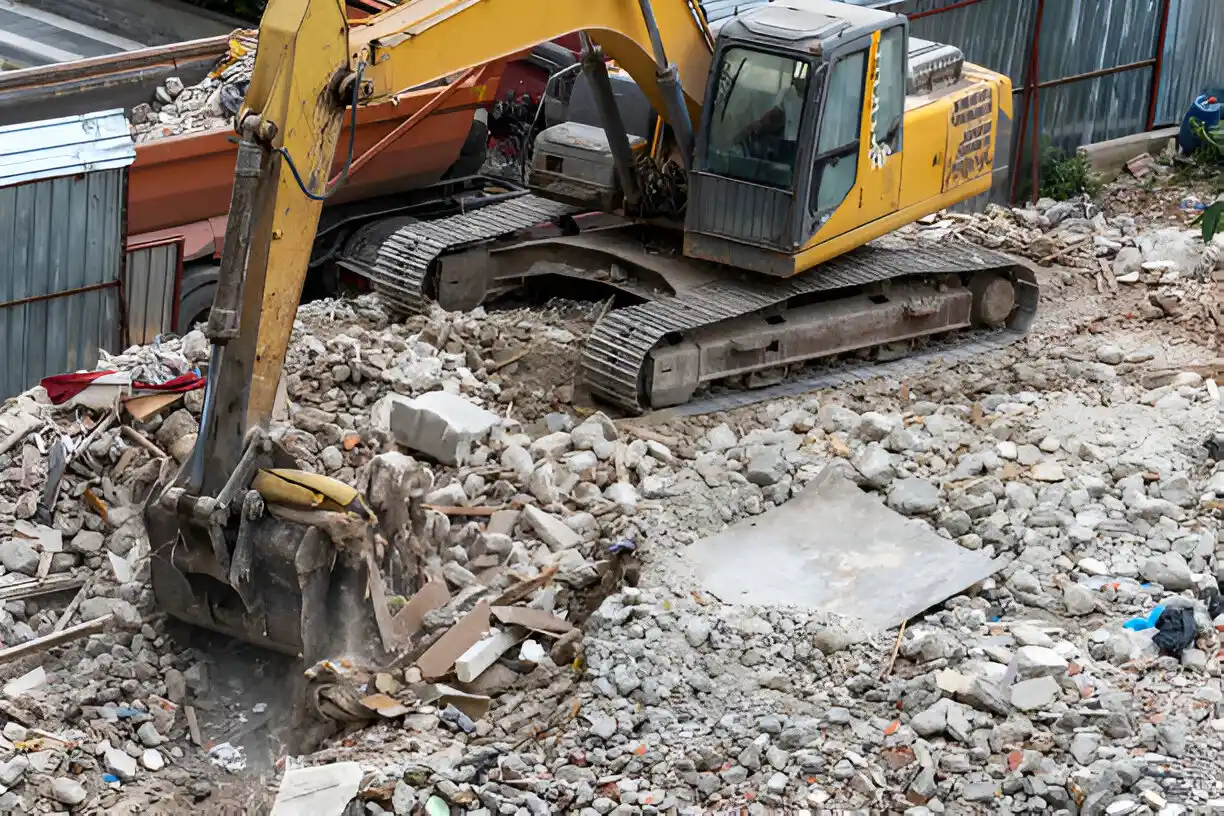
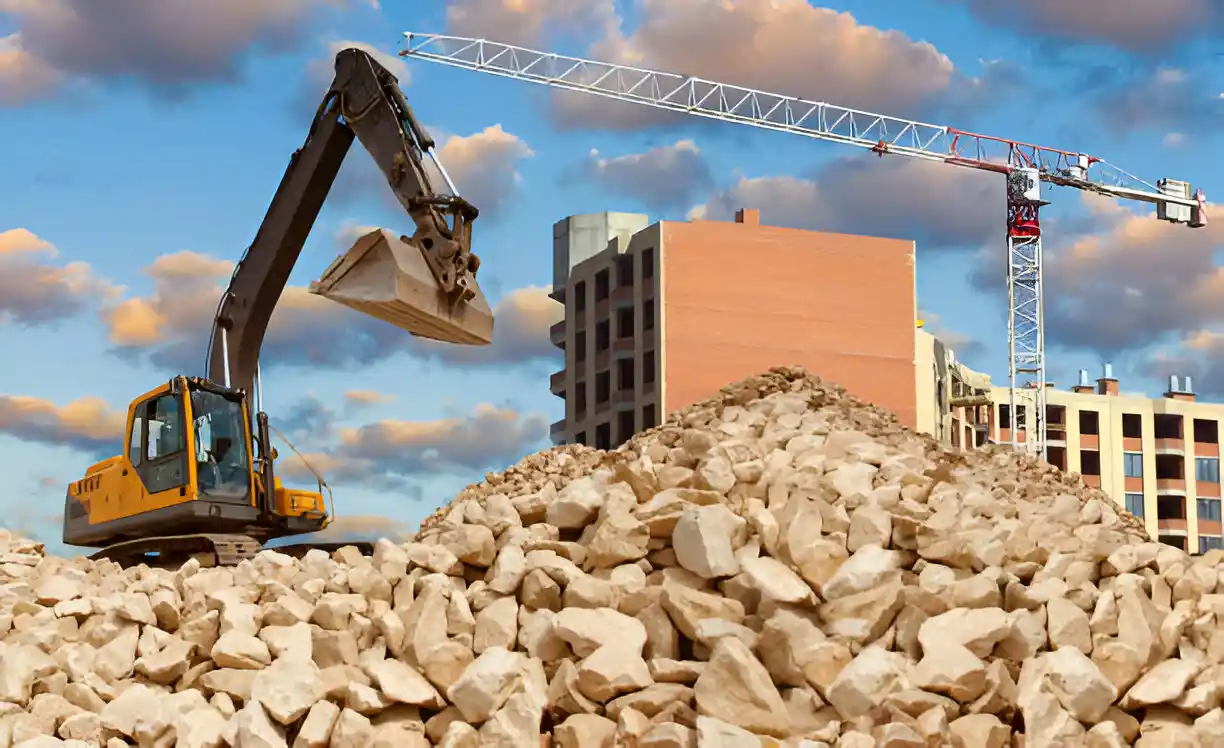
Testing and Documentation
We use environmental monitoring devices before, during, and after cleanup. This helps prove that your space is truly clean and safe.
Testing includes:
• Air quality checks with air quality monitors
• Soil testing with soil sampling tools
• Water testing when needed
• Safety confirmations
• Photo documentation
Based on these factors, every project gets its own cleanup plan. We work hard to keep costs fair while giving you the best cleanup possible.
We always explain costs upfront—no surprise bills! Our team helps you understand exactly what you’re paying for.
Remember, faster action often means lower costs. If left alone for too long, small problems can grow bigger and more expensive.
Equipment Used for Environmental Remediation
Just like a doctor needs special tools to make you feel better, we use special equipment to clean up environmental problems. Let’s look at our cleanup toolkit!
Air Cleaning Equipment
Our air scrubbers work like giant vacuum cleaners for the air. They catch tiny particles that you can’t see but could make you sick.
Negative air machines help keep clean air flowing while we work. Think of them as big fans that push bad air out and bring fresh air in.
Safety Gear (PPE)
Our team wears special clothes to stay safe while cleaning:
• Hazmat suits to protect their bodies
• Special masks called respirators
• Safety goggles to protect their eyes
• Heavy-duty gloves
• Special boots
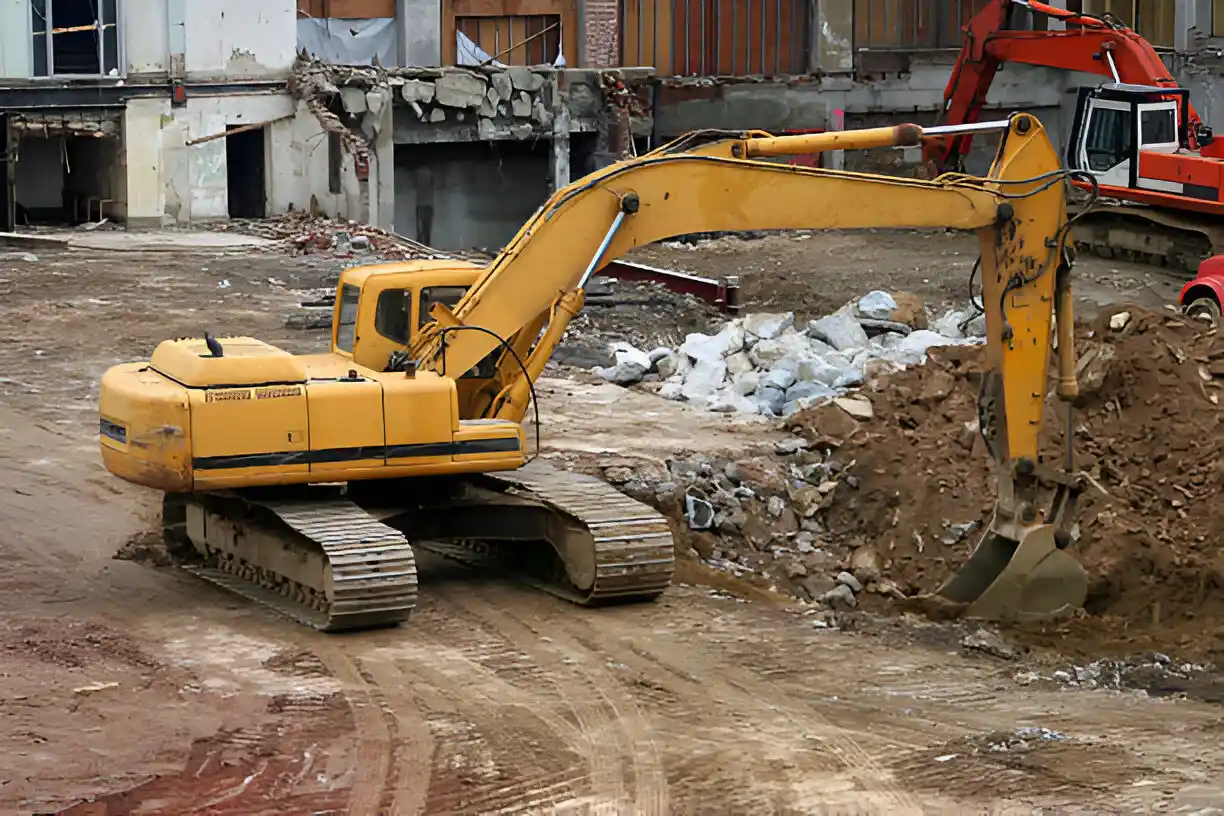
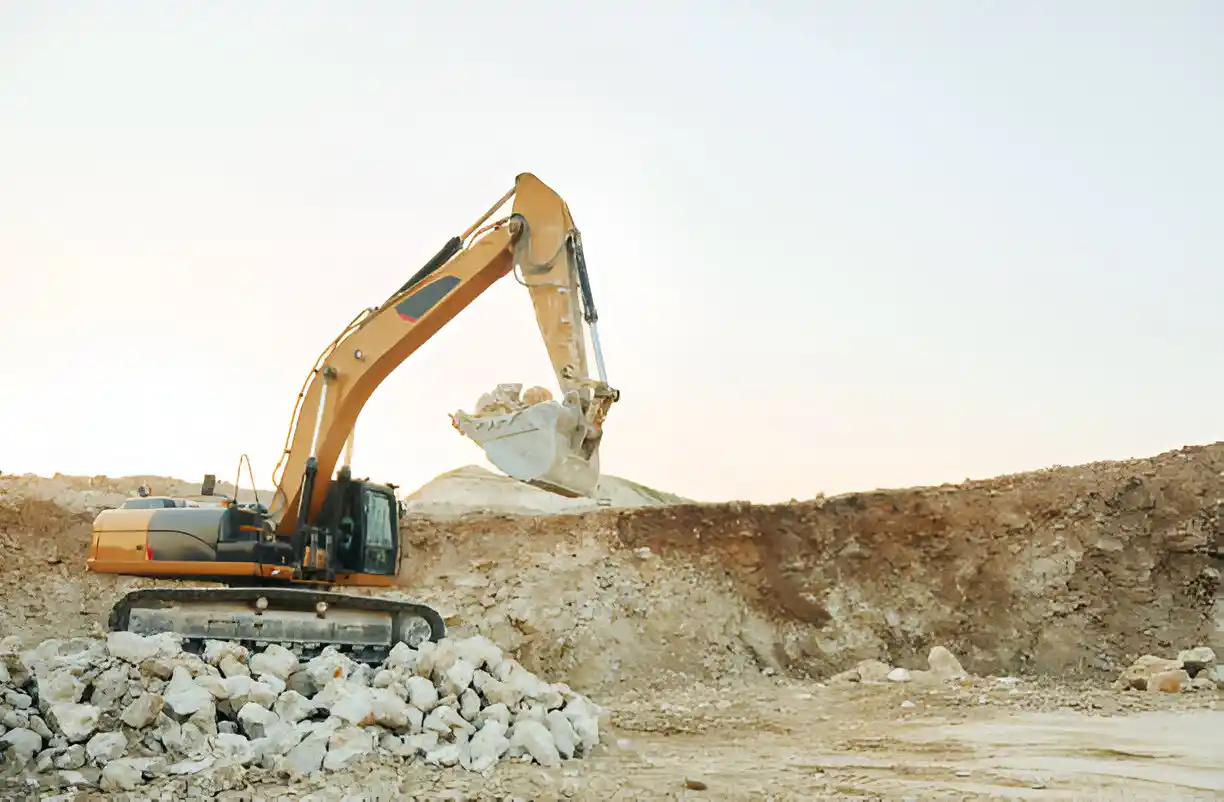
Vacuum Systems
Our HEPA vacuum systems are like super-powered vacuum cleaners. They can catch the tiniest bits of dirt and harmful stuff that regular vacuums miss.
These special vacuums help us clean:
• Floors and walls
• Air ducts
• Hidden corners
• Ceiling areas
• Hard-to-reach spots
Protective Barriers
We set up containment barriers, such as plastic walls, to keep clean areas clean. These barriers work like invisible shields to stop dirt from spreading.
Our decontamination showers stand ready at the exit points. They help clean our workers before they leave the work area.
Special Cleanup Tools
Different problems need different tools:
• Chemical sprayers for safe cleaning
• Pressure washers for tough spots
• Steam cleaners for deep cleaning
• Soil sampling tools for testing
• Chemical analyzers for checking progress
Cleaning Stations
Our decontamination equipment includes:
• Special washing areas
• Clean room setups
• Equipment cleaning stations
• Tool sanitizing areas
• Safety checkpoints
We bring environmental monitoring devices to every job. These helpers tell us if the air is clean and safe to breathe.
Our documentation cameras record everything we do. This helps us show you how we made your space clean and safe again.
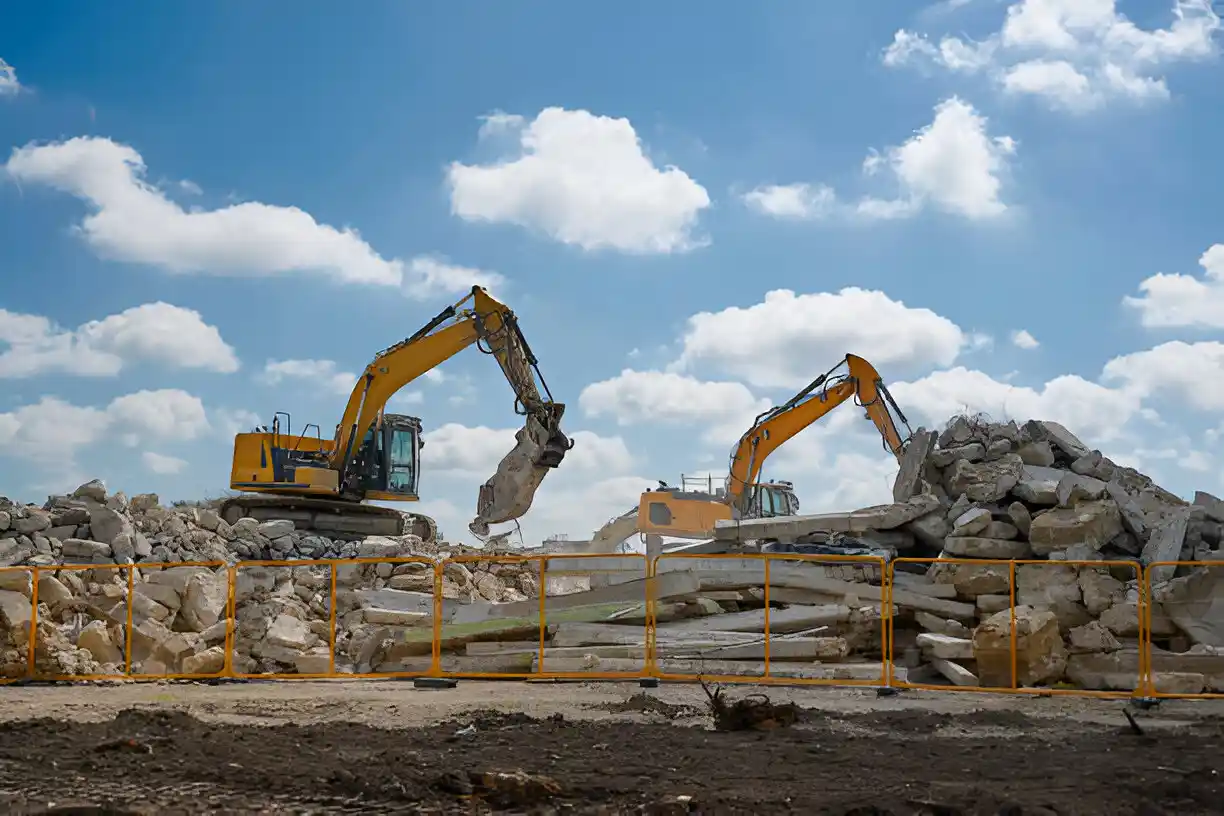
Safety Measures During Environmental Remediation
Safety comes first in every cleanup job we do. Our safety rules are like shields that protect everyone during environmental remediation work.
Regulatory Compliance
We follow all South Carolina safety rules like a well-rehearsed dance. Our team stays updated on the newest guidelines to keep everyone safe.
Key safety rules we follow:
- EPA cleanup standards
- OSHA workplace safety rules
- State environmental laws
- Local building codes
- Waste handling regulations
As outlined by the South Carolina Department of Environmental Quality
Containment Protocols
Our containment barriers work like invisible walls to keep dirt in its place. We set up special zones to stop harmful materials from spreading.
Protection measures include:
- Sealed work areas
- HEPA air filtration systems
- Clean room setups
- Safe waste storage
- Protected walkways
Air Quality Monitoring
Our air quality monitors work around the clock like faithful guardians. These smart devices tell us whether the air is clean and safe.
We use environmental monitoring devices to check:
- Dust levels
- Chemical vapors
- Clean airflow
- Temperature
- Humidity
Worker Safety
Our team suits up in personal protective equipment like superheroes getting ready for action. Every worker gets the right gear for each job.
Safety gear includes:
- Hazmat suits for full protection
- Special respirators for clean breathing
- Safety goggles
- Heavy-duty gloves
- Steel-toed boots
Public Safety
We create a safety bubble around our work area to protect nearby people. Clear signs and barriers keep everyone informed and safe.
Our public safety steps include:
- Warning signs in plain language
- Blocked-off safety zones
- Regular air testing
- Dust control measures
- Clean entry/exit points
We use documentation cameras to record our safety practices. This helps us prove that we’re doing everything right.
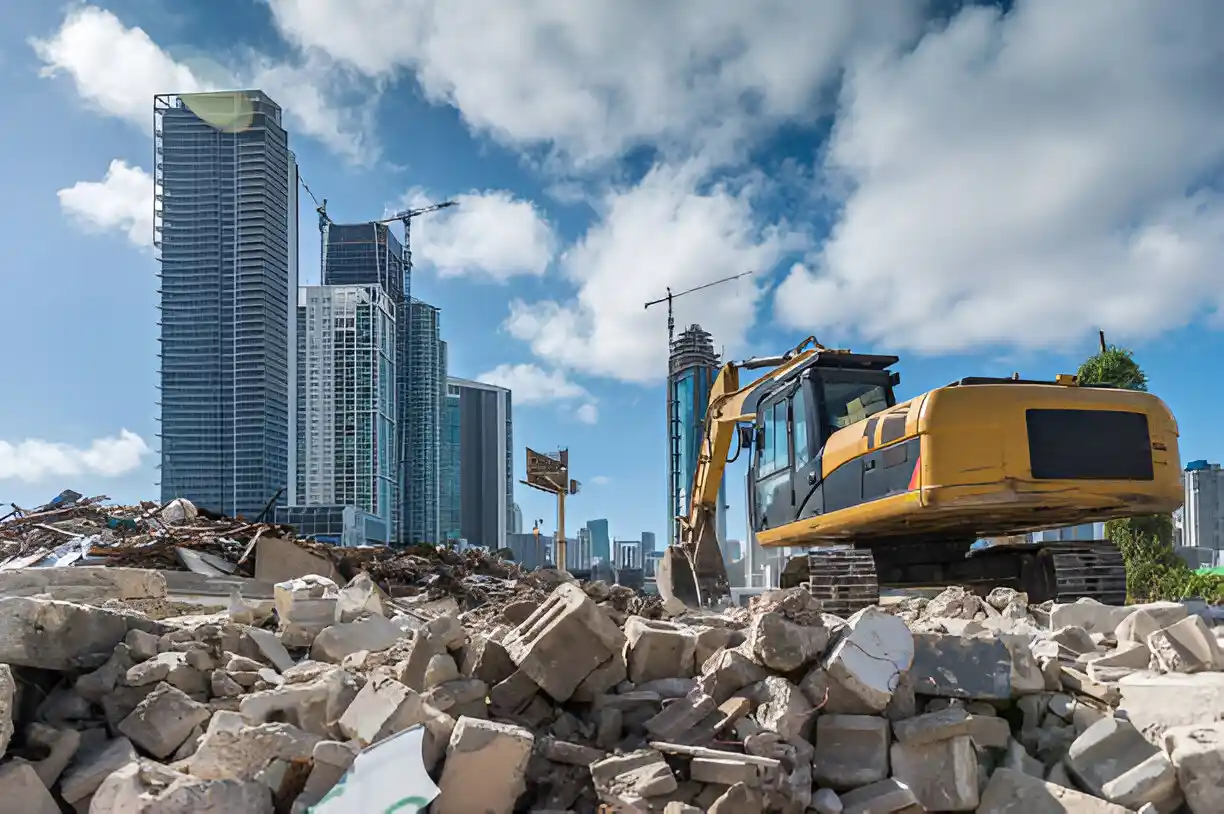
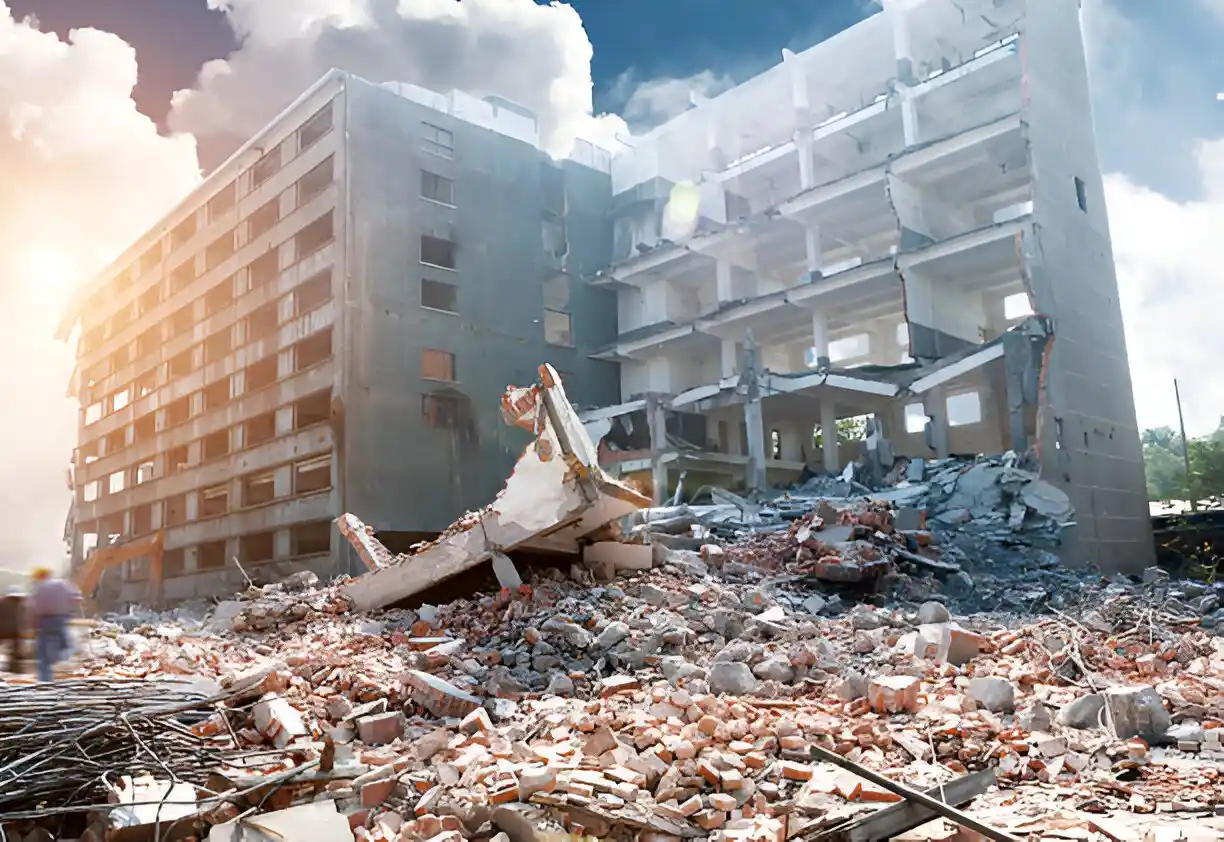
The Importance of Waste Disposal Plans
Think of waste disposal like sorting your toys—everything needs to go in its right place. During environmental remediation, we ensure that all waste goes exactly where it should.
Proper Disposal Procedures
Our team uses special waste segregation bins to sort different types of materials. Just like recycling at home, each type of waste needs its own bin.
Here’s how we sort waste:
- Hazardous materials in special containers
- Clean soil in separate piles
- Recyclable materials in green bins
- Water waste in special tanks
- Regular trash in standard bins
Smart Sorting Process
Our chemical analyzers help us identify what goes where. We use special labels and tags to mark everything clearly.
Each type of waste needs different handling:
- Contaminated soil goes to special facilities
- Harmful chemicals need careful packaging
- Clean materials can be recycled
- Water gets filtered and treated
- Some items need special permits
Documentation Steps
We take pictures and notes about everything we remove. Our documentation cameras help us track each step of the cleanup.
Important papers we keep:
- Waste transfer records
- Testing results
- Transport permits
- Disposal receipts
- Safety checklists
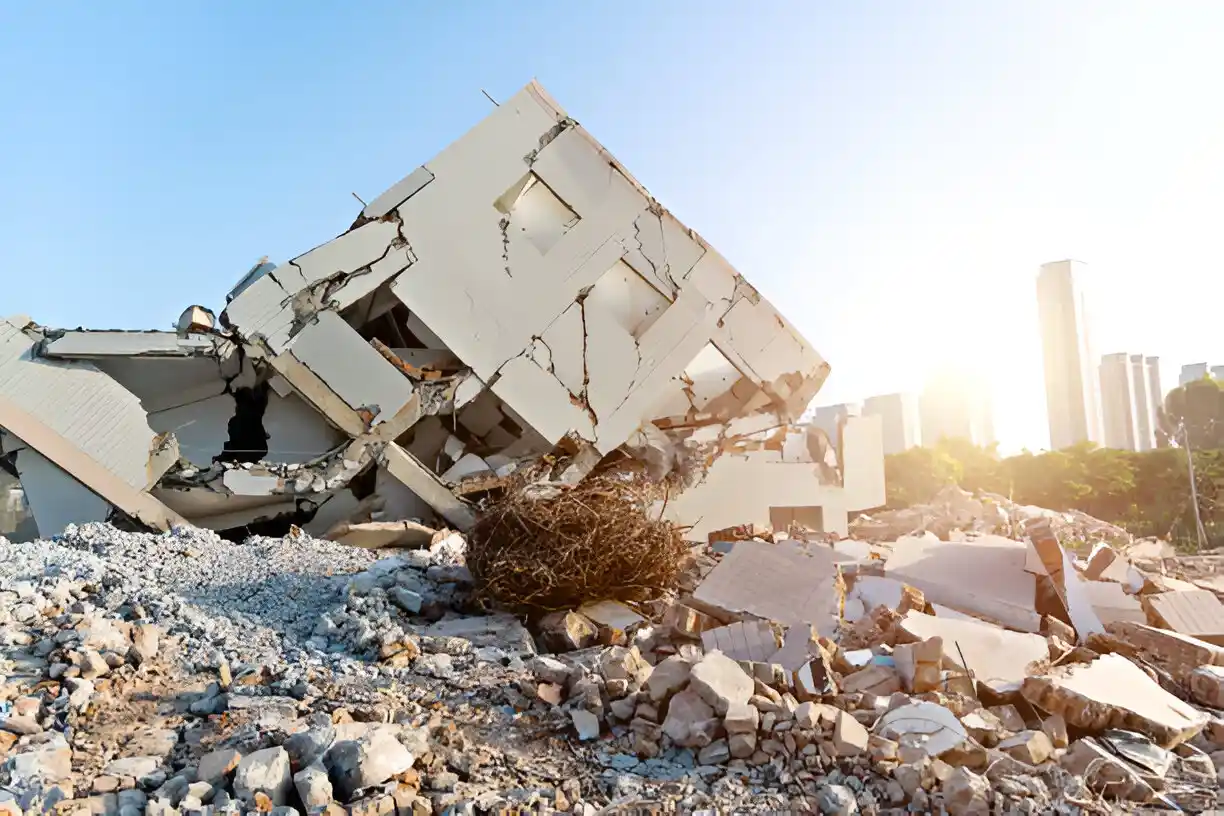
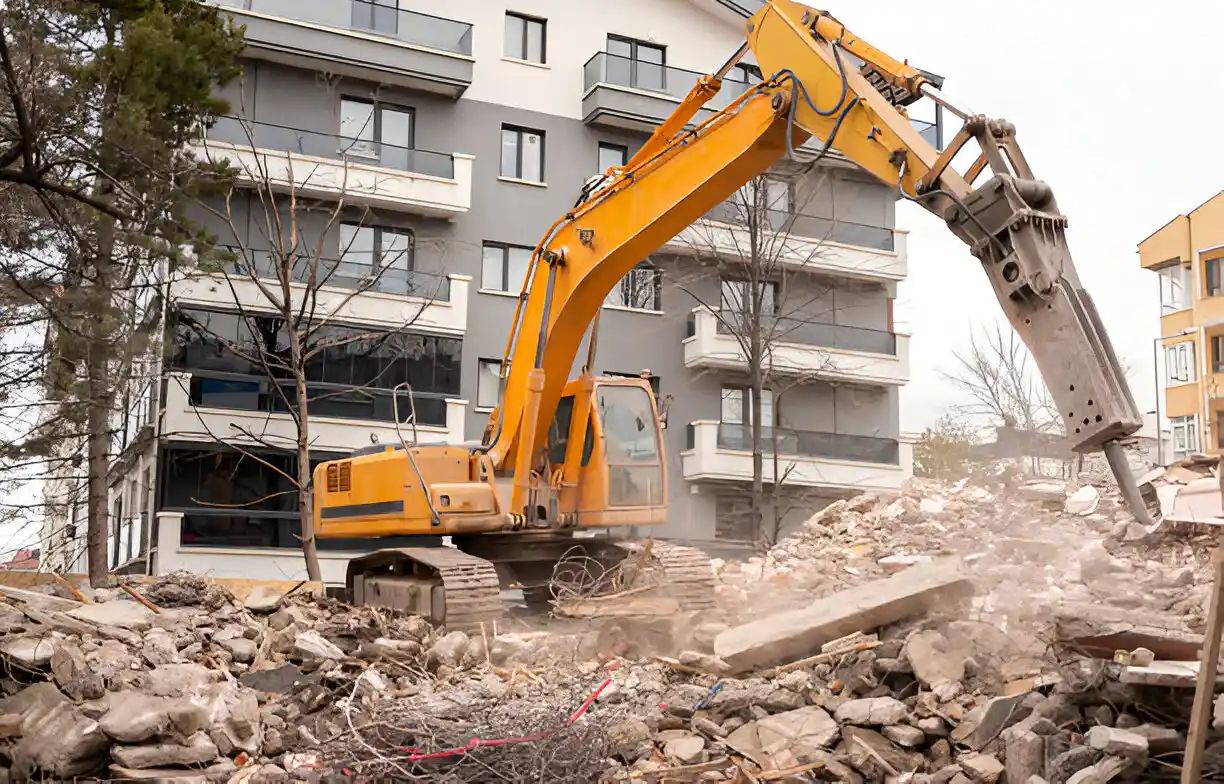
Following the Rules
South Carolina has special rules about throwing away harmful materials. We follow every rule to protect our environment.
Our team uses environmental monitoring devices to check:
- Soil safety levels
- Water cleanliness
- Air quality
- Temperature
- Weather conditions
Keeping Track
We use a special system called “chain of custody” to track where everything goes. Think of it like a treasure map that shows where each piece of waste travels.
Our tracking includes:
- Who handled the waste
- When it was moved
- Where it went
- How it was transported
- Final disposal location
Safe Transport
Our special trucks and containment equipment keep waste safe during travel. We also use sealed containers and careful loading methods.
Safety measures include:
- Leak-proof containers
- Secure strapping
- Clear labeling
- Safe routes
- Emergency plans
We keep detailed records of everything we clean up. This helps prove that we did the job right and followed all the rules.
Our team stays updated on the newest disposal methods. We pick the most earth-friendly options whenever possible.
Remember, good waste disposal helps keep our environment clean. That’s why we take such care with every piece of waste we handle.
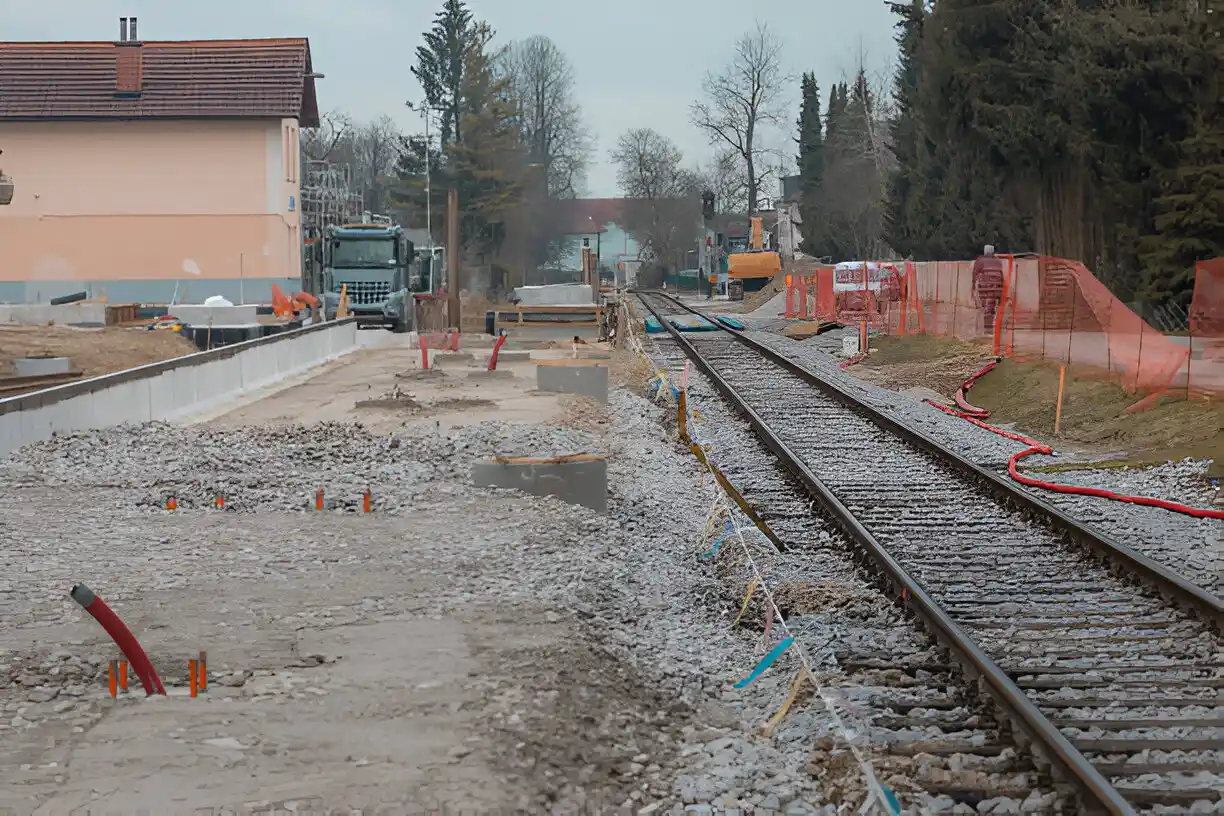
DIY Environmental Remediation Risks
Understand the risks of DIY environmental remediation, including potential legal, safety, and ecological consequences. Learn why professional expertise is crucial for effective and compliant remediation.
Health Risks
Trying to clean up environmental problems yourself is like trying to fix a broken bone at home. It’s dangerous and could make things worse.
Common dangers include:
- Harmful chemicals in the air
- Dangerous dust
- Hidden contamination
- Unexpected reactions
- Long-term health issues
Legal Problems
DIY cleanup can break important laws in South Carolina. Professional environmental remediation needs special permits and licenses.
You might face:
- Big fines
- Legal trouble
- Property value drops
- Insurance problems
- Future liability issues
Money Matters
Fixing DIY cleanup mistakes costs way more than hiring professionals first. It’s like trying to fix a leaky roof with tape—it just makes the problem bigger.
DIY problems lead to:
- Higher cleanup costs later
- Property damage
- Healthcare bills
- Legal fees
- Lost time and money
Warning Signs
Watch for these signals that you need professional help:
- Strange smells
- Unusual stains
- Sick family members
- Dead plants
- Water problems
Rules and Requirements
Professional environmental remediation needs:
- Special permits
- Proper containment equipment
- HEPA air filtration systems
- Trained workers
- Official paperwork
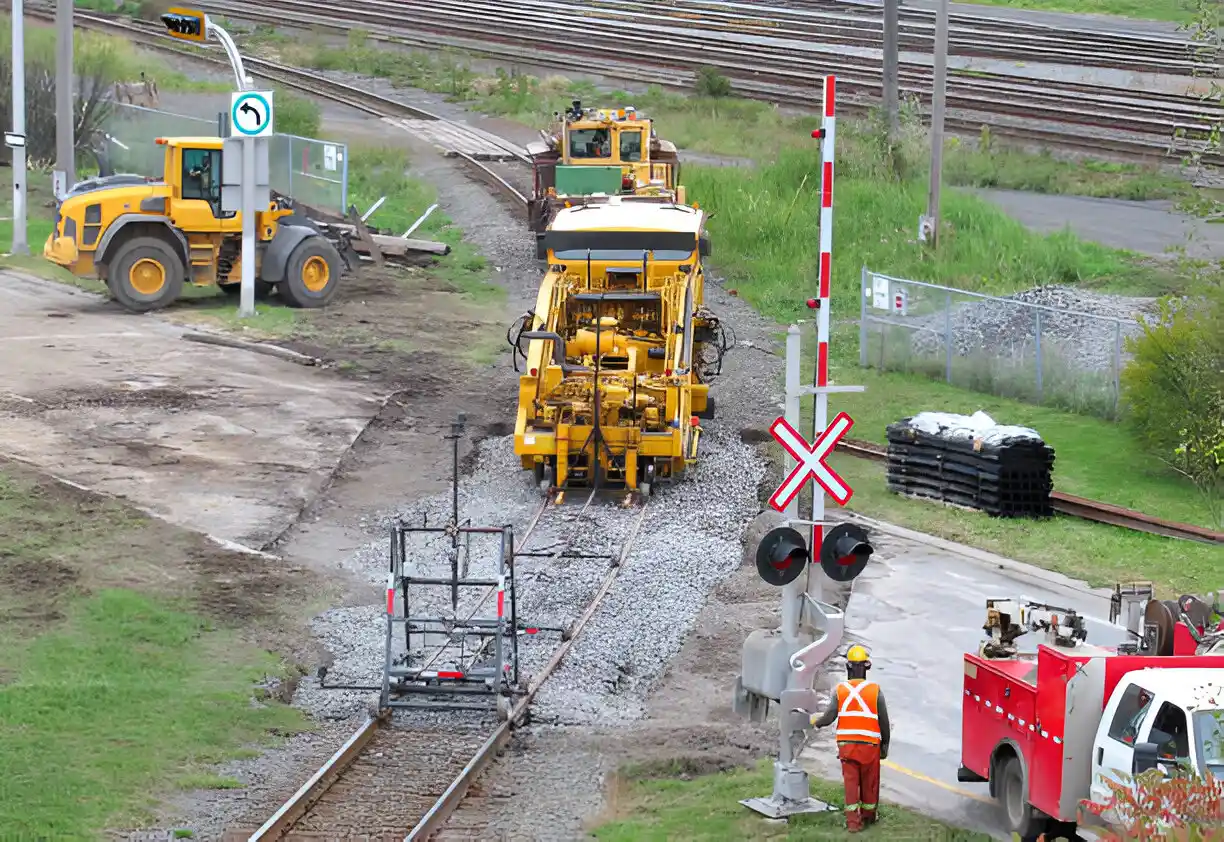
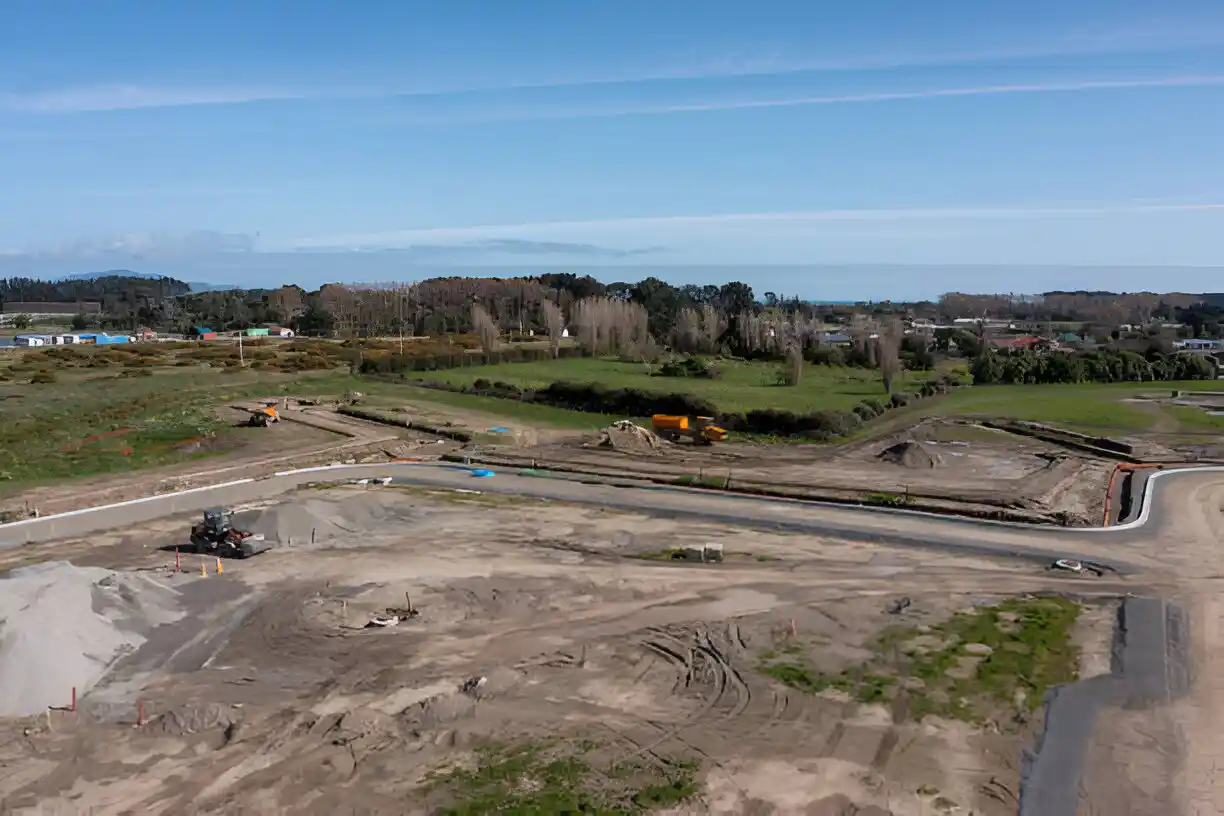
Tricky Situations
Some cleanup jobs are extra complicated:
- Deep soil problems
- Chemical spills
- Water contamination
- Air quality issues
- Hidden hazards
Our team brings all the right tools:
- Environmental monitoring devices
- Chemical treatment systems
- Soil sampling tools
- Documentation cameras
- Waste segregation bins
Want to learn more? Check out our additional demolition services for complete property solutions.
solutions.
We handle the tough stuff, so you stay safe. Our professional team knows exactly what to do with each type of environmental problem.
Remember, trying to save money on DIY cleanup often ends up costing more. Let our experts handle it right the first time.
Why Choose Carolina Demo and Removal
Choose Carolina Demo and Removal for professional demolition, debris removal, and land clearing services tailored to your needs. With a customer-first approach, we ensure timely, affordable, and high-quality results for every project.
Professional Team You Can Trust
Since 2010, we’ve been South Carolina’s go-to environmental remediation experts. Our team holds all the right licenses and certificates to handle any cleanup job safely.
Our professionals bring:
• Years of hands-on experience
• Up-to-date training
• Safety certifications
• Local knowledge
• Quick response times
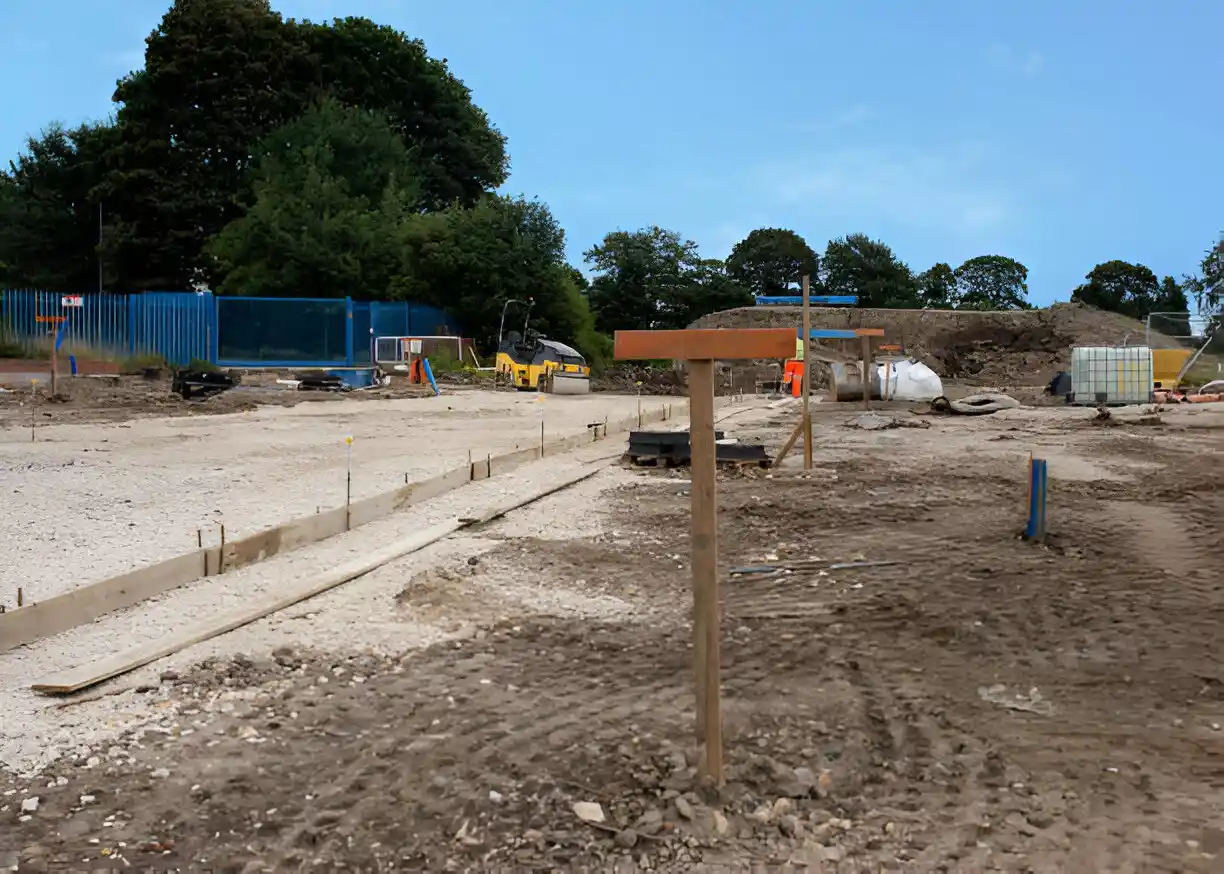
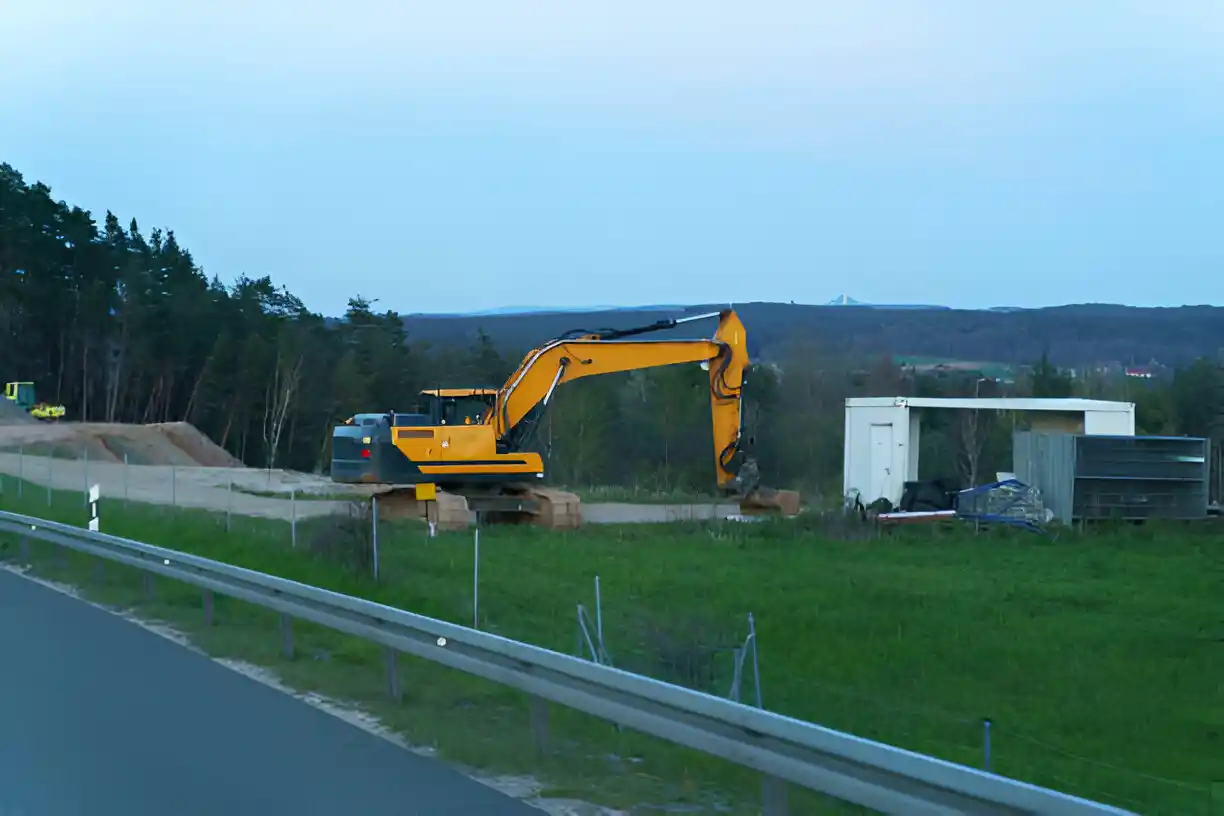
Complete Cleanup Solutions
We handle everything from start to finish, so there is no need to hire different companies for different parts of the job.
Our services include:
• Full site assessment
• Custom cleanup plans
• Safe waste removal
• Property restoration
• Final testing
Modern Equipment Fleet
Our cleanup toolkit includes the latest environmental monitoring devices and safety gear. We bring the right tools for every job.
We use advanced equipment like:
• HEPA air filtration systems
• Chemical analyzers
• Soil sampling tools
• Documentation cameras
• Waste segregation bins
Local Experience Matters
We know South Carolina’s environmental challenges inside and out. Our team understands local soil types, weather patterns, and building styles.
Benefits of choosing local experts:
• Quick emergency response
• Knowledge of local regulations
• Familiar with area conditions
• Strong community connections
• Local reference projects
Safety First Approach
Every cleanup job follows strict safety rules. Our containment equipment and careful methods keep everyone safe.
Our safety measures include:
• Full site protection
• Air quality monitoring
• Safe waste handling
• Clear work zones
• Regular safety checks
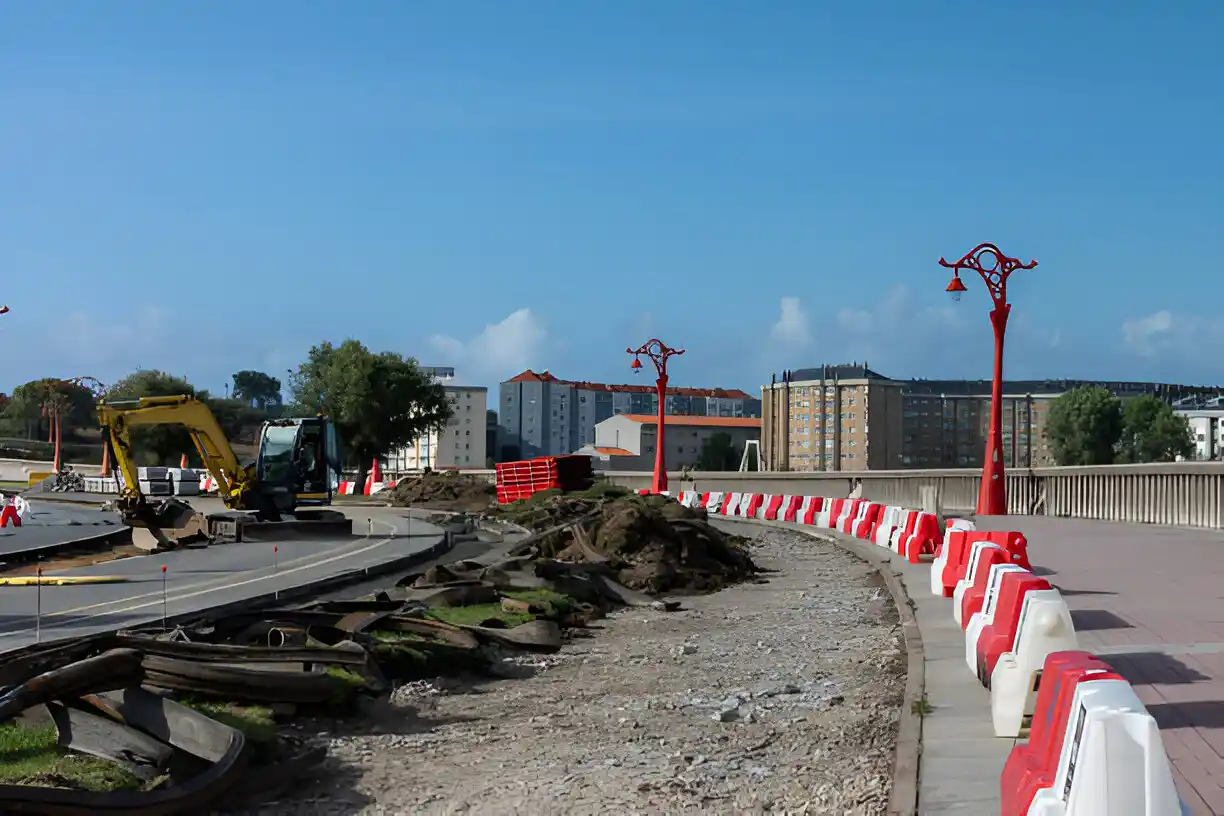
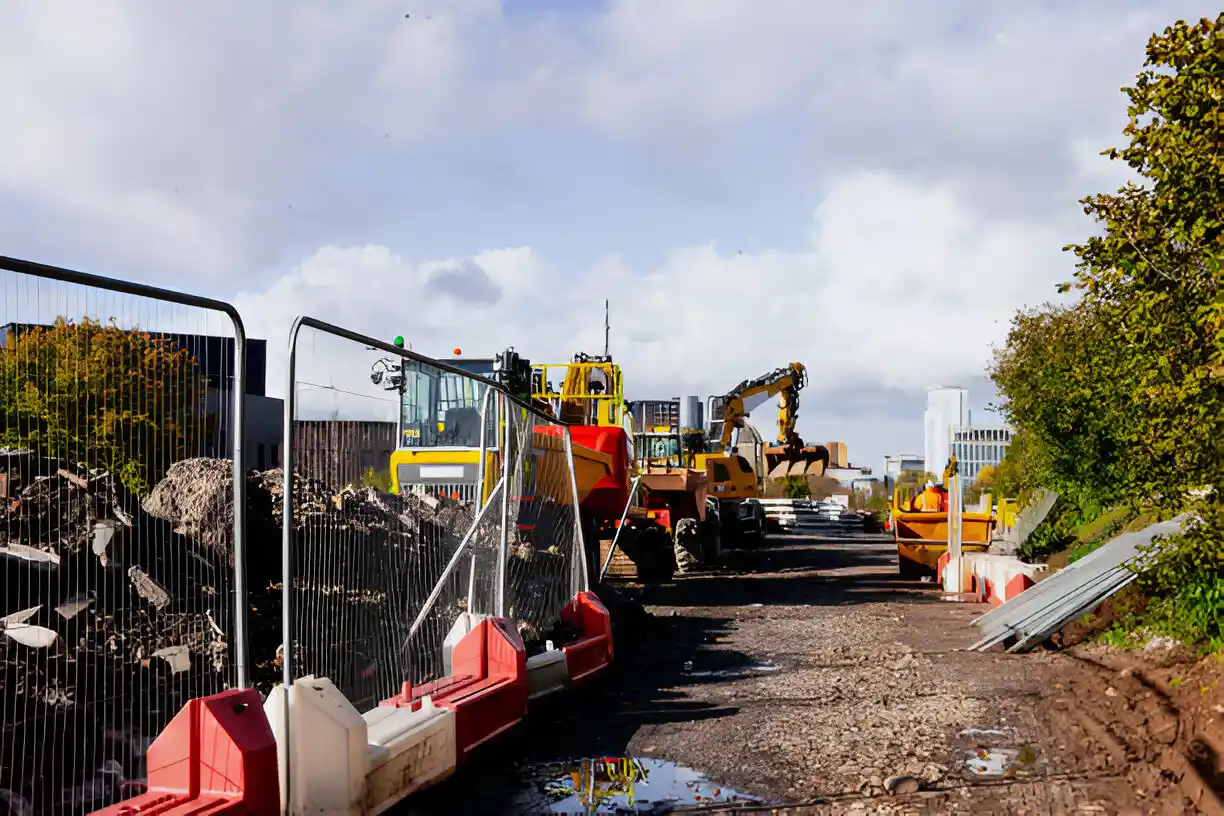
Guaranteed Compliance
We follow every environmental rule perfectly. Our work meets or beats all South Carolina cleanup standards.
Our guarantee covers:
• Proper permits
• Legal documentation
• Waste disposal rules
• Safety regulations
• Environmental protection
Customer Care Promise
We explain everything in simple terms. No fancy words or confusing technical talk—just clear communication about your cleanup project.
You’ll get:
• Regular updates
• Clear explanations
• Detailed reports
• Photo documentation
• Straight answers
Preparing for Environmental Remediation
Preparing for environmental remediation involves assessing contamination, complying with regulations, and planning effective cleanup strategies. Proper preparation ensures safety, legal compliance, and successful restoration of polluted sites.
Getting Your Site Ready
Think of site preparation as getting ready for a big moving day. We need to make sure everything’s in place before the cleanup starts.
First steps include:
- Clearing the work area
- Setting up safety zones
- Marking utility lines
- Creating equipment spaces
- Planning waste storage areas
Safety First Setup
Our containment barriers and HEPA air filtration systems need proper placement. We map out every detail to keep everyone safe.
Important safety items:
- Warning signs
- Safety fences
- Clean zones
- Emergency exits
- First aid stations
Paperwork and Plans
Just like a recipe needs a list of ingredients, environmental remediation needs proper documentation. We help gather all the right papers.
Required documents include:
- Property records
- Previous test results
- Building plans
- Permit applications
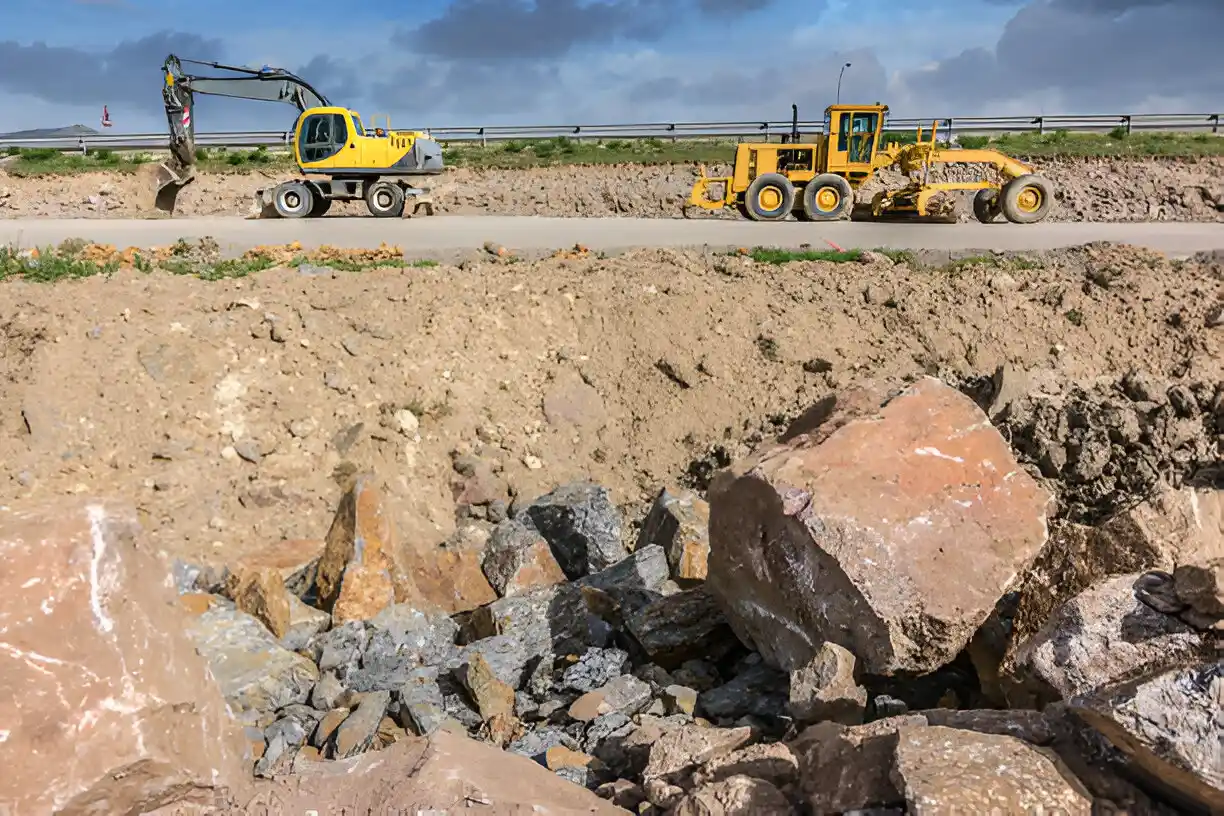
Making Space for Work
Our excavators and front-end loaders need room to move safely. We’ll help plan the best spots for our equipment.
Access planning includes:
- Parking areas
- Equipment paths
- Material storage
- Loading zones
- Worker rest areas
Protecting People
If people live or work nearby, we make special plans to keep them safe. Our environmental monitoring devices monitor air quality around the clock.
Safety measures for occupants:
- Safe walking paths
- Clean air zones
- Noise control
- Dust protection
- Clear instructions
Equipment Setup
We bring in our cleanup tools, such as chemical analyzers and soil sampling tools. Each piece finds its perfect spot in our work zone.
Equipment needs include:
- Power sources
- Water access
- Waste containers
- Tool storage
- Safety stations
Testing and Checking
Before we start, our team uses documentation cameras to record site conditions. We test everything to make sure we’re ready to go.
Pre-work checklist:
- Air quality tests
- Safety checks
- Equipment testing
- Barrier inspection
- Emergency plans
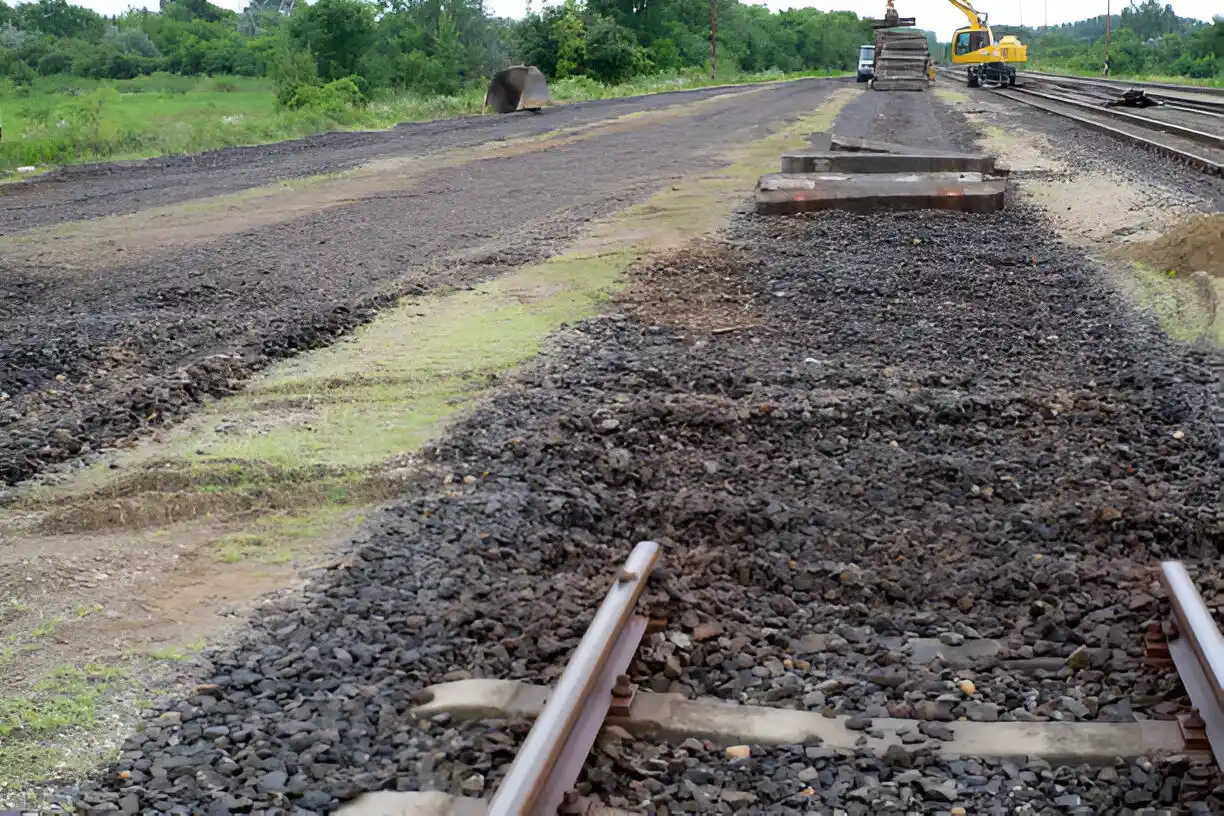
Other Services We Offer
| Service | Description |
|---|---|
| Excavation Services | Carolina Demo and Removal offers professional excavation services, including site preparation, trenching, and grading, ensuring safe and efficient groundwork for construction projects. |
| Fire & Water Restoration Services | Carolina Demo and Removal provides expert fire and water restoration services, repairing damage, removing hazards, and restoring properties to pre-loss condition efficiently and safely. |
| Furniture Removal Services | Carolina Demo and Removal offers professional furniture removal services, providing eco-friendly disposal and efficient hauling to declutter your home, office, or storage space. |
| Land Grading Services | Carolina Demo and Removal provides expert land grading services, ensuring precise leveling and site preparation for construction, erosion control, and landscaping projects. |
Conclusion and Final Thoughts
At Carolina Demo and Removal, we treat every environmental remediation project like it’s our most important job. Our team works hard to make your project successful, just like artists creating a masterpiece.
Our Green Promise
We care about keeping South Carolina clean and beautiful. Our environmental remediation work helps make our state a better place to live.
Our commitment shows through:
- Earth-friendly cleanup methods
- Safe waste handling
- Local environmental protection
- Natural restoration techniques
- Community care
Quality You Can Trust
Our environmental monitoring devices and chemical analyzers help us do perfect work. We check and double-check everything.
We promise:
- Complete cleanup
- Safe methods
- Clear communication
- Proper documentation
- Happy customers
Long-Lasting Benefits
Professional environmental remediation helps your property stay healthy for years to come. Think of it as giving your land a fresh, clean start.
You’ll enjoy:
- Safer living space
- Better property value
- Peace of mind
- Healthy environment
- Future protection
Popular Questions
Frequently Asked Questions about Environmental Remediation in South Carolina
Environmental remediation means cleaning up pollution or contaminants from soil, water, or air to make an area safe again. It's like giving Mother Nature a deep cleaning when she gets dirty.
Common examples include removing asbestos from old buildings, cleaning up oil spills, treating contaminated groundwater, removing lead paint, and fixing soil pollution from old factories.
The main types are soil remediation (cleaning dirty dirt), water remediation (fixing polluted water), and air remediation (cleaning harmful air). Each uses special tools and methods.
- Air pollution - Using air filters and reducing emissions • Water contamination - Water treatment and protecting water sources • Soil pollution - Cleaning contaminated soil and preventing future pollution • Waste management - Proper recycling and disposal • Chemical spills - Quick cleanup and prevention measures
A common example is removing old underground gas tanks that might leak and cleaning up any soil they contaminated. We use special equipment to dig up the tanks and clean the dirt.
The main processes are: • Physical removal (digging up or removing contamination) • Chemical treatment (using special chemicals to clean pollution) • Biological treatment (using natural processes to clean up)
Cleanup usually means the simple removal of visible waste, while remediation goes deeper to fix the underlying environmental problem and restore the area to a safe condition.
Remediation is also called environmental restoration, site cleanup, contamination treatment, or environmental rehabilitation.
Examples include cleaning up old factory sites for new buildings, restoring polluted rivers, fixing contaminated soil in gardens, and cleaning up after chemical spills.
These are solutions used to fix environmental problems, like special bacteria that eat oil spills, plants that clean soil, or machines that filter dirty water.
The main techniques are in-situ (cleaning pollution right where it is) and ex-situ (removing contaminated material to clean it elsewhere).
Special plants can be used to clean up metal-contaminated soil, or helpful bacteria can be added to break down oil spills in water.
- Air quality • Water quality • Soil condition • Temperature • Humidity • Light exposure • Noise levels • Chemical presence • Biological factors • Weather conditions
- Proper waste management • Using renewable energy • Regular environmental testing • Quick response to contamination • Prevention measures • Public education about environmental care
